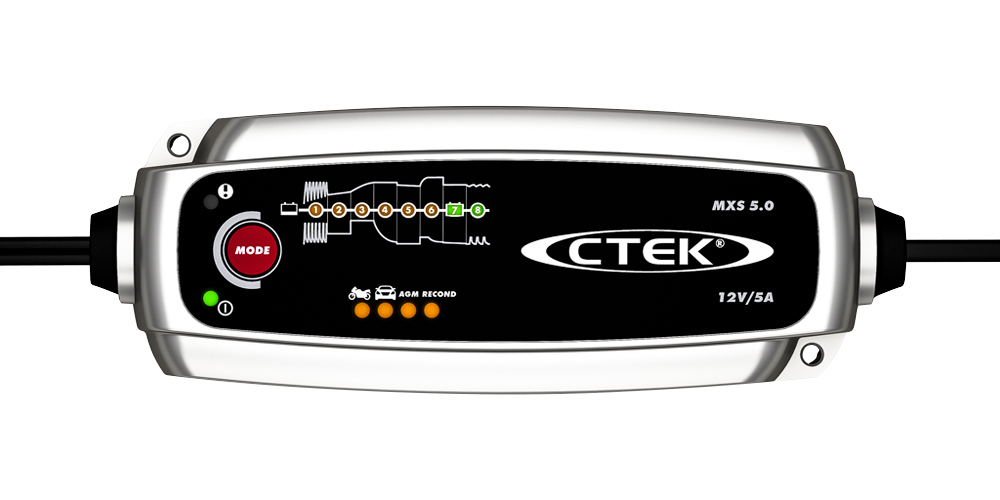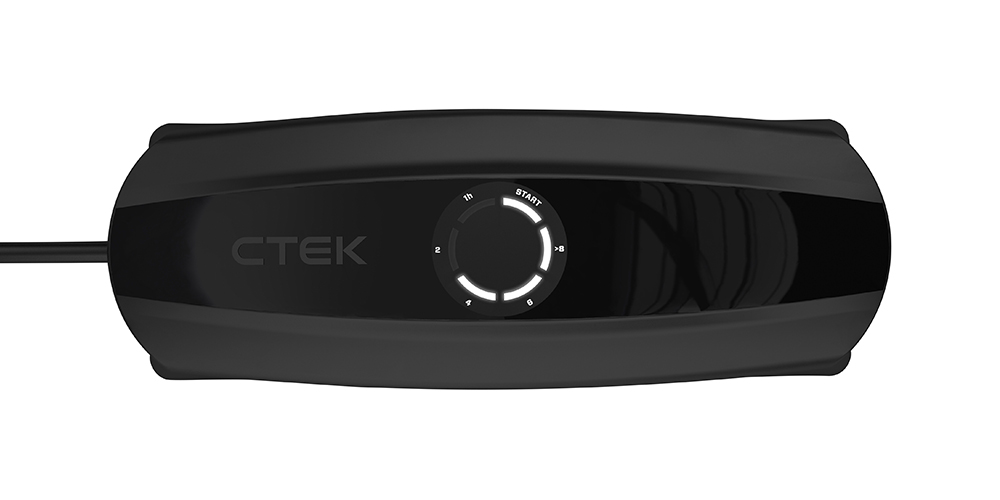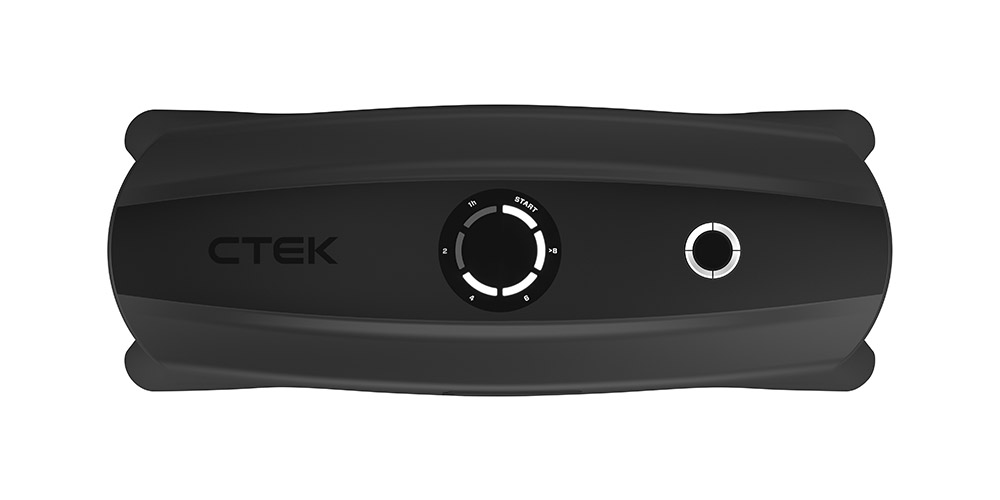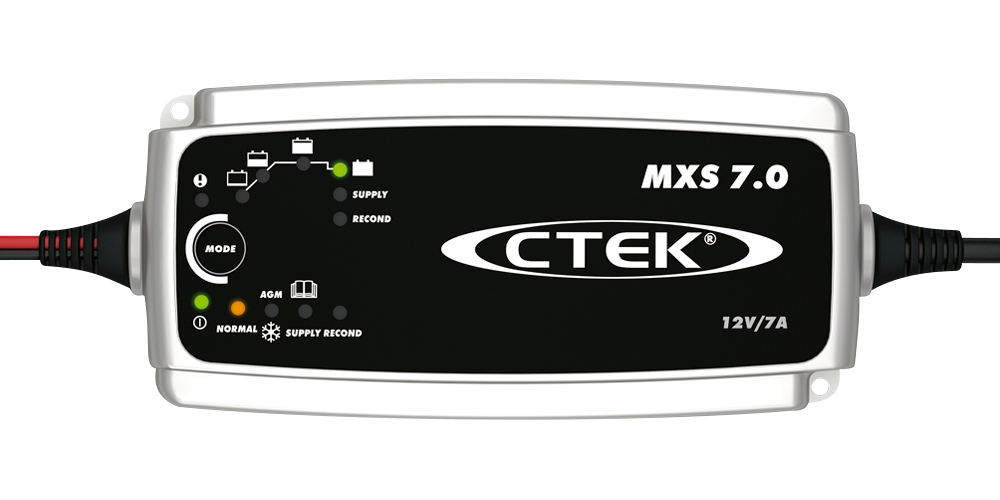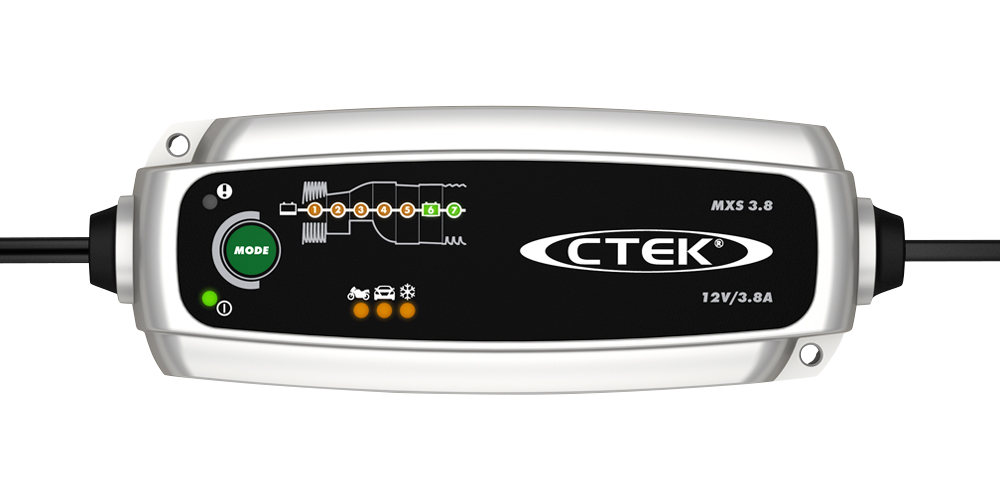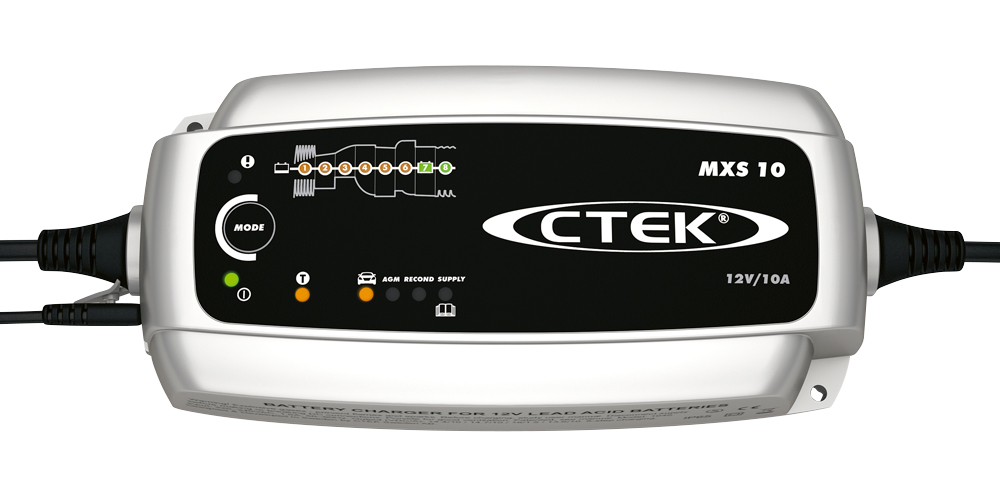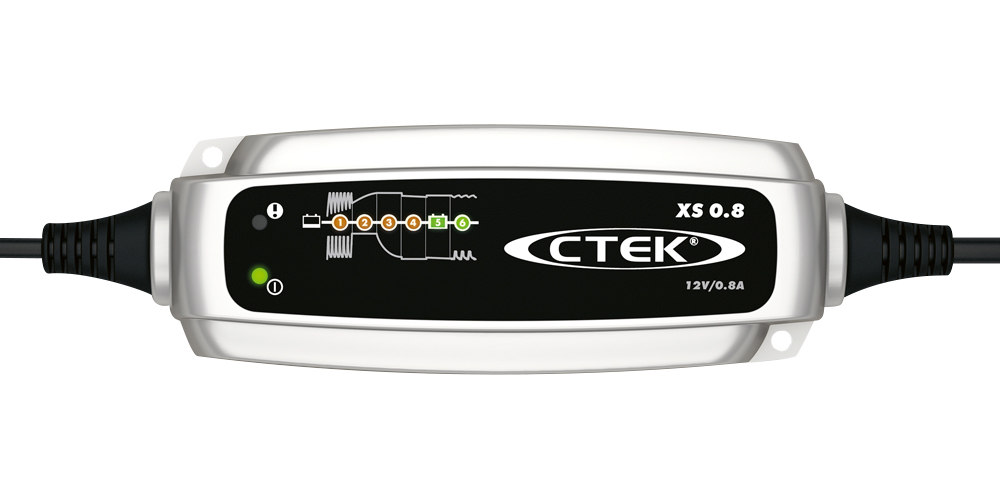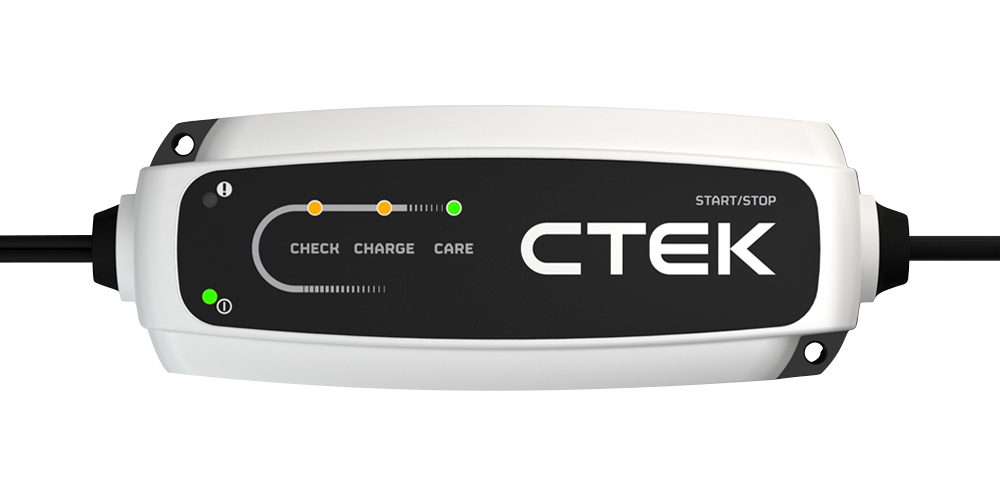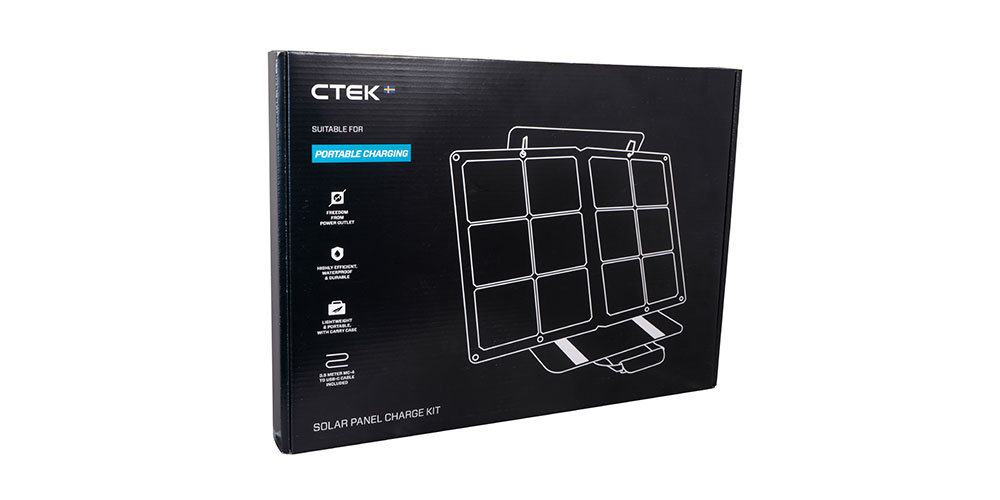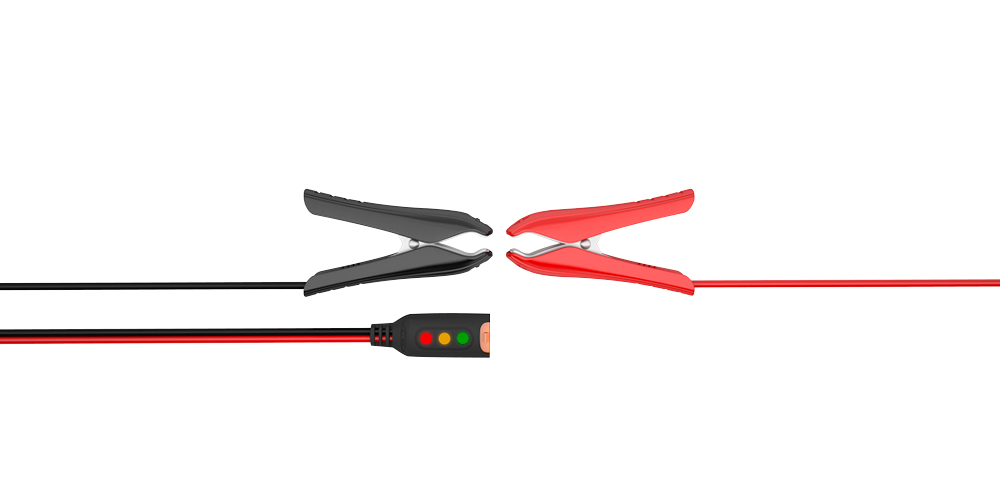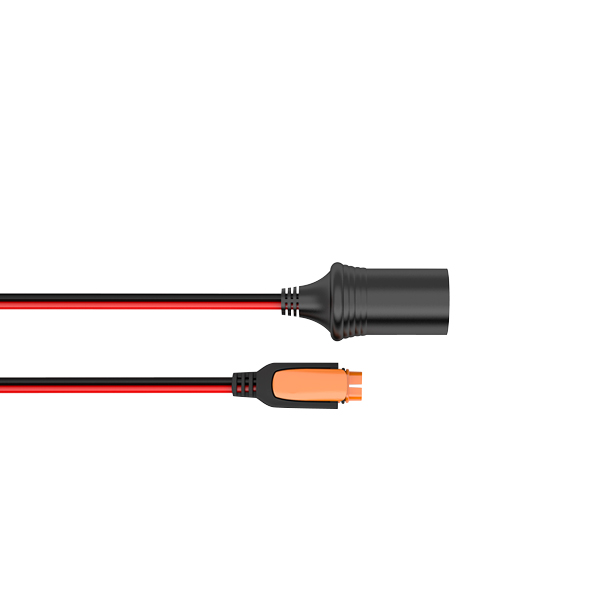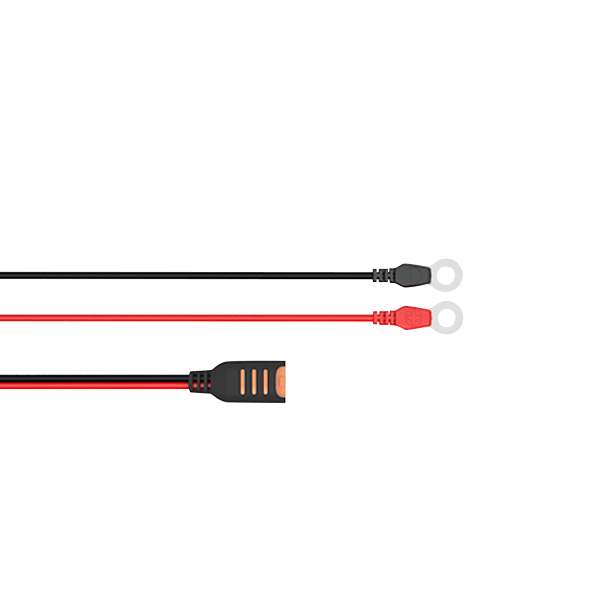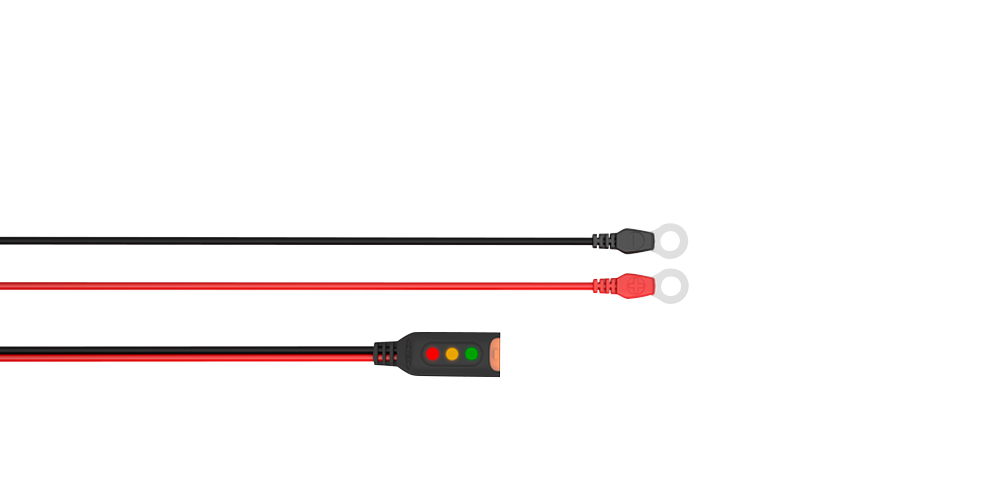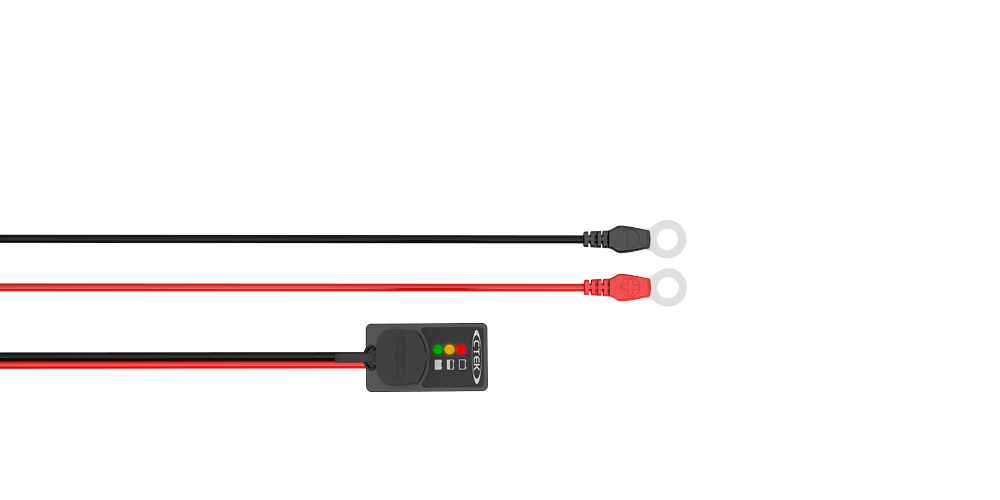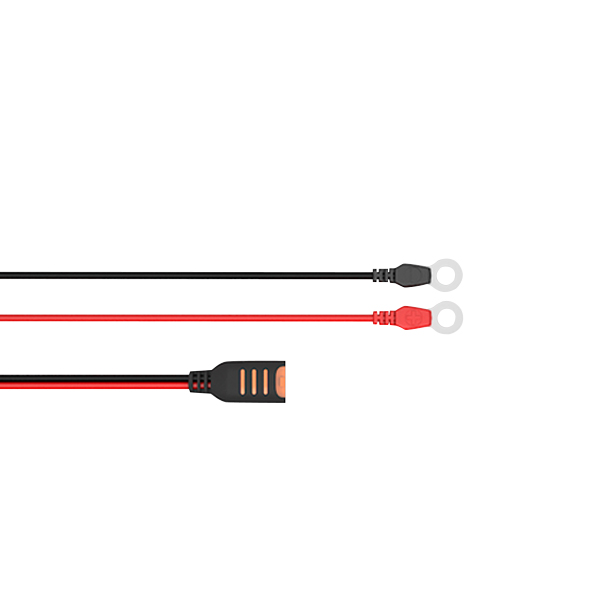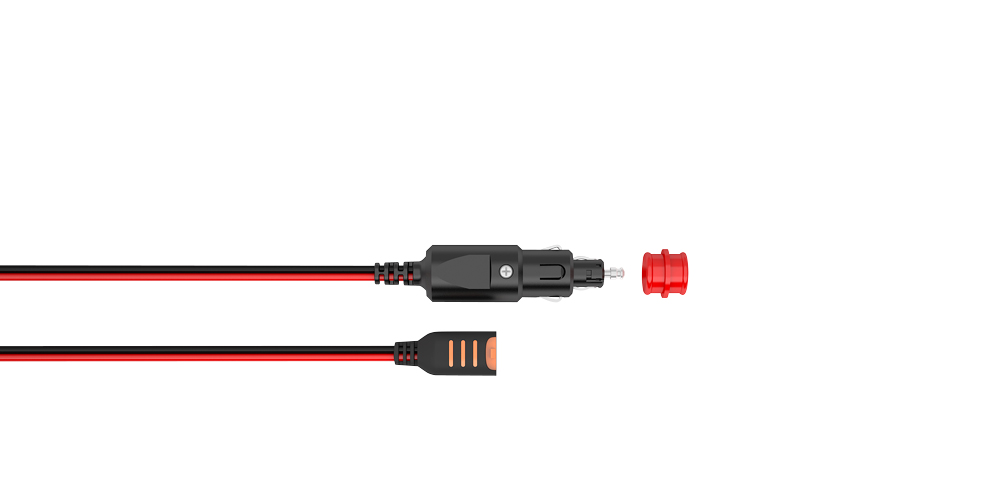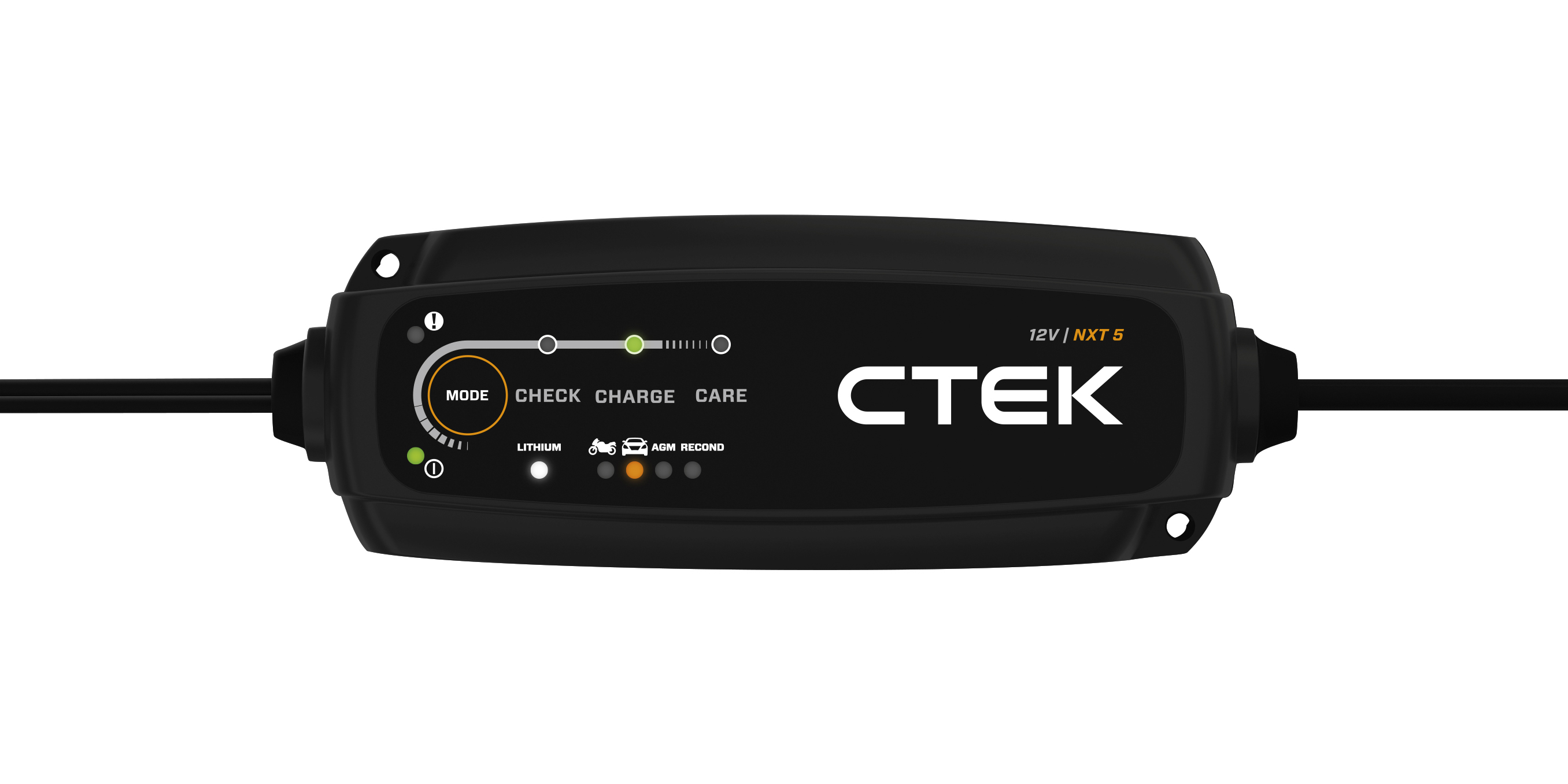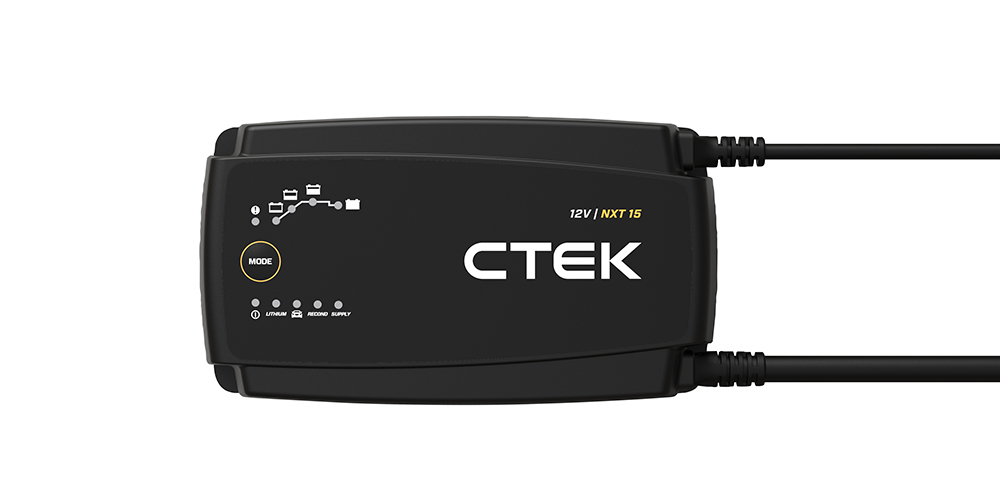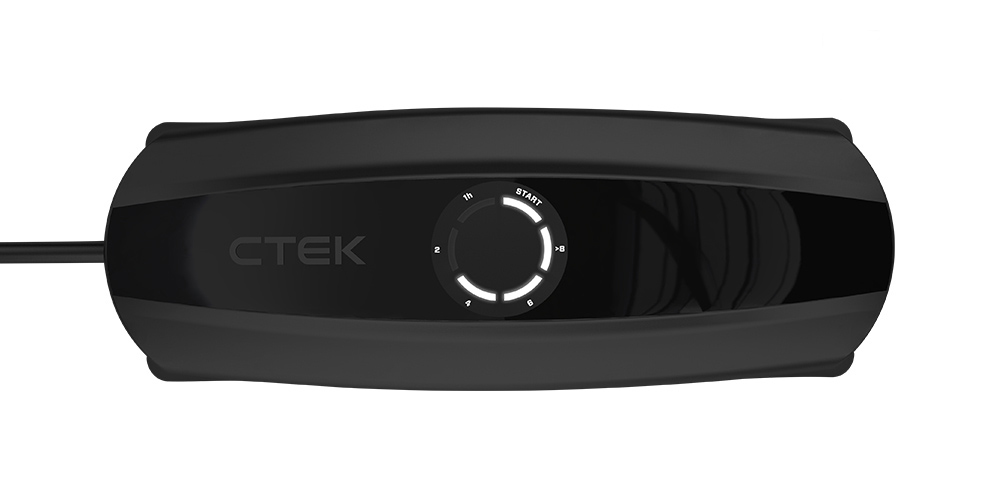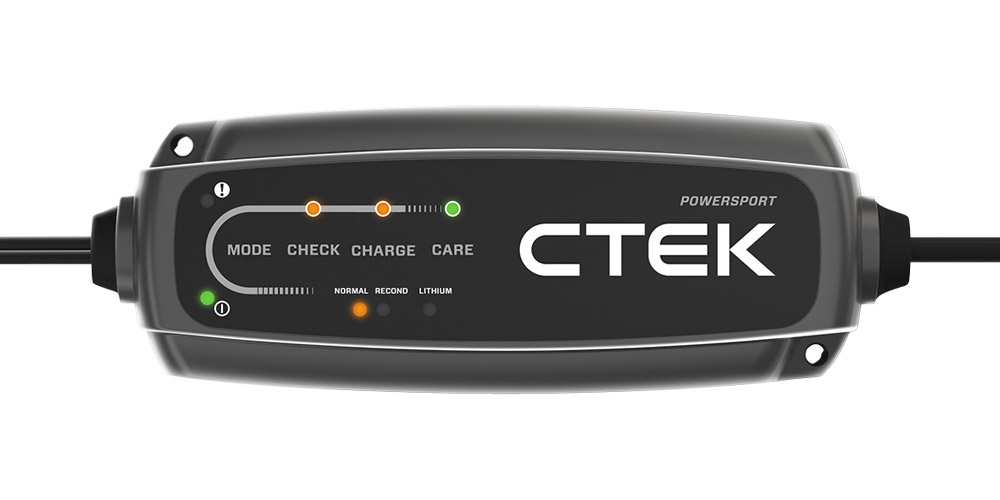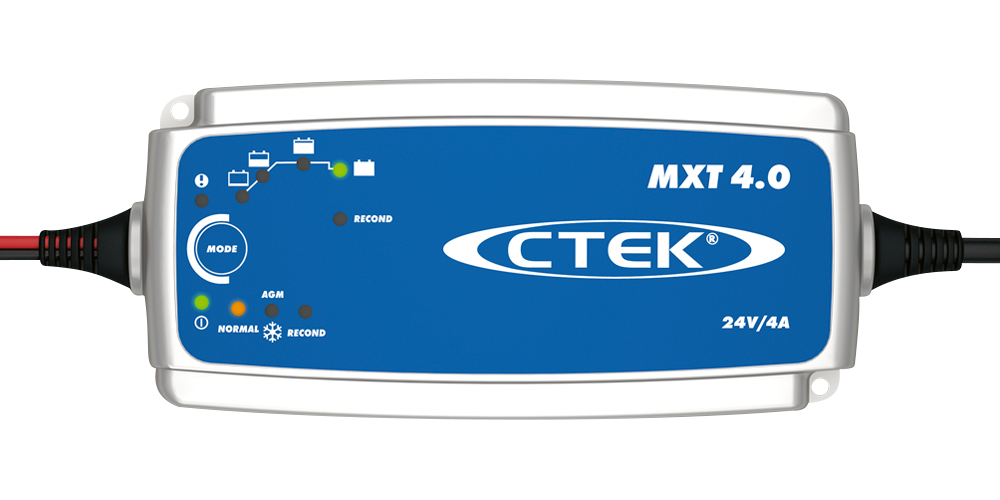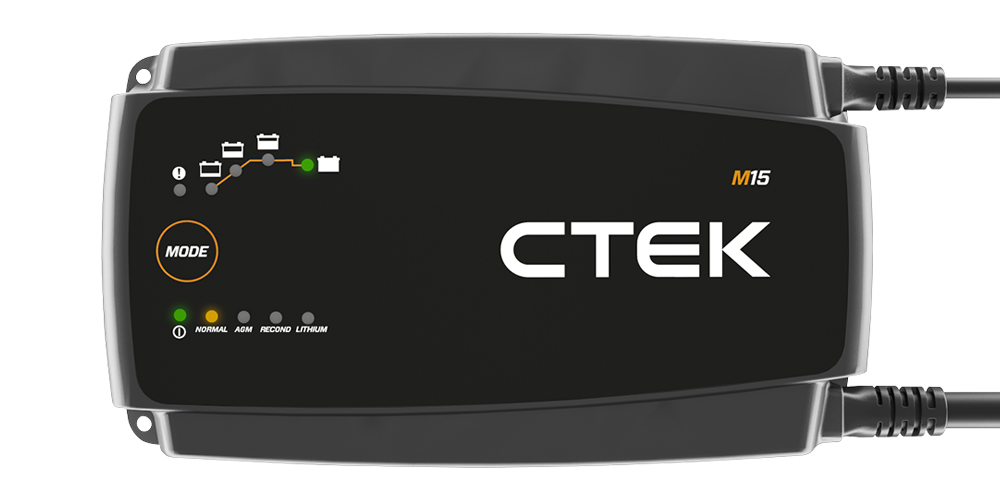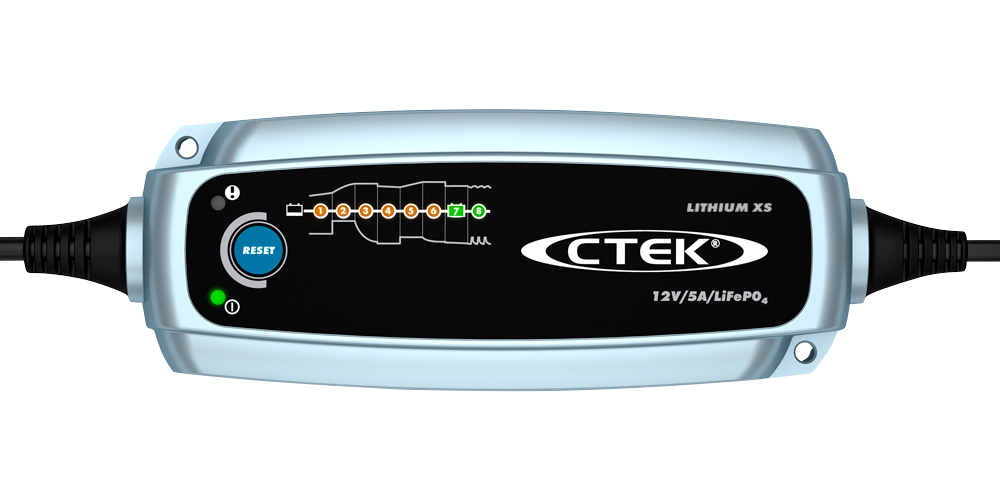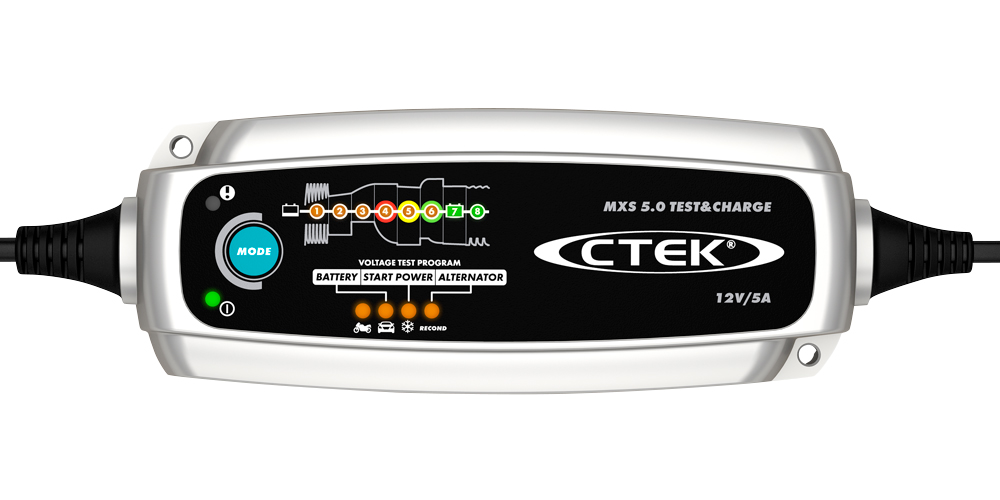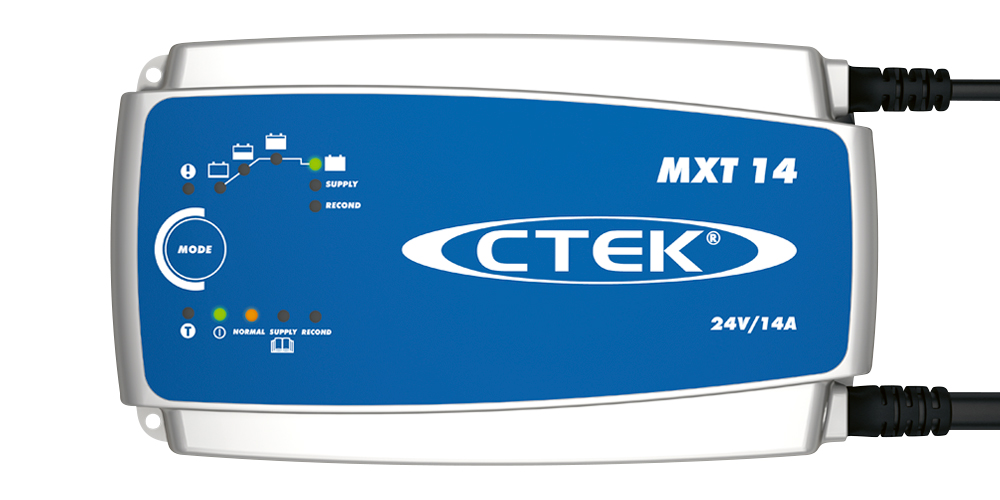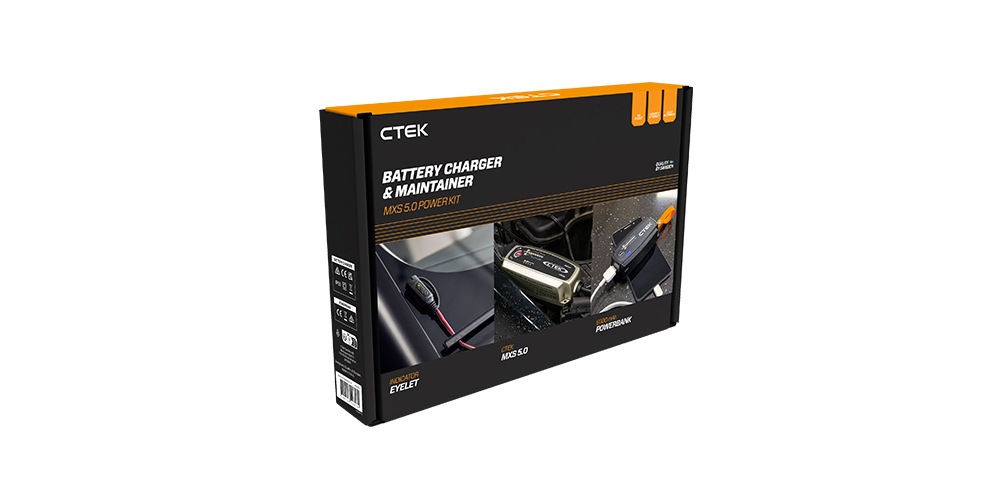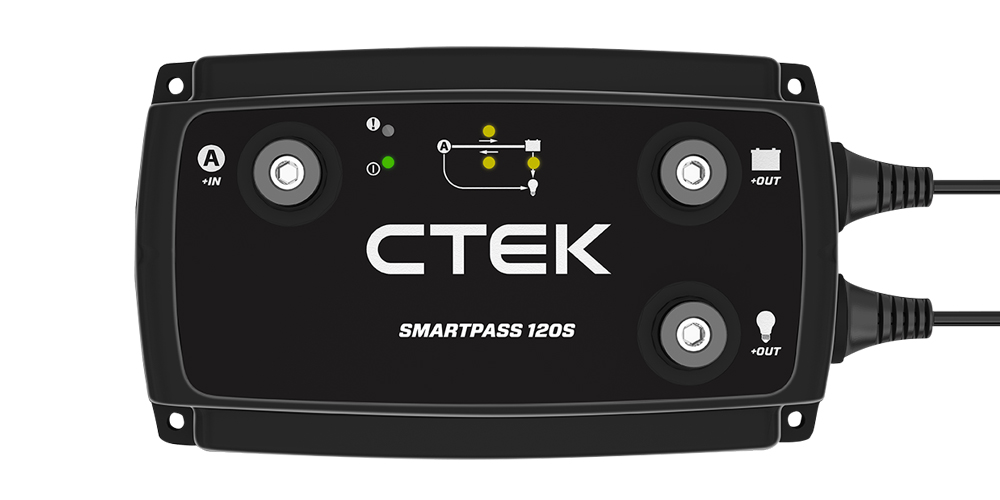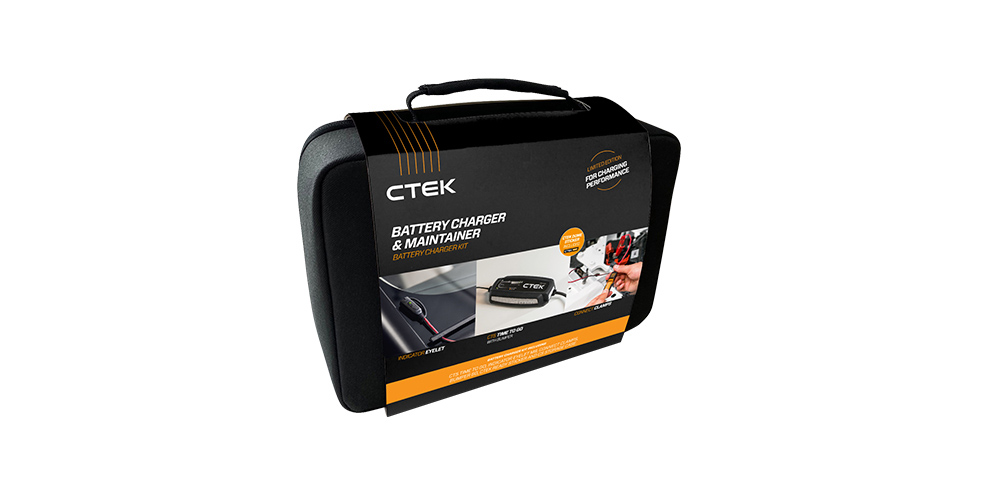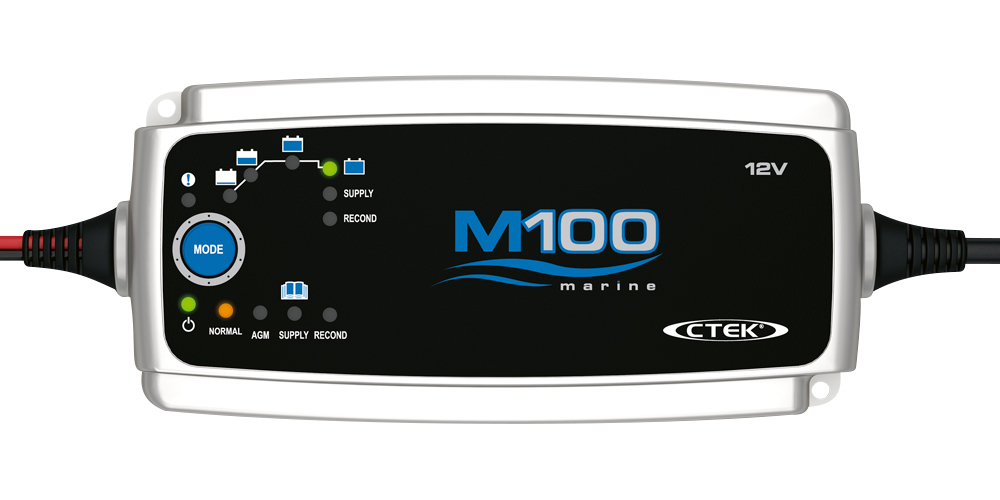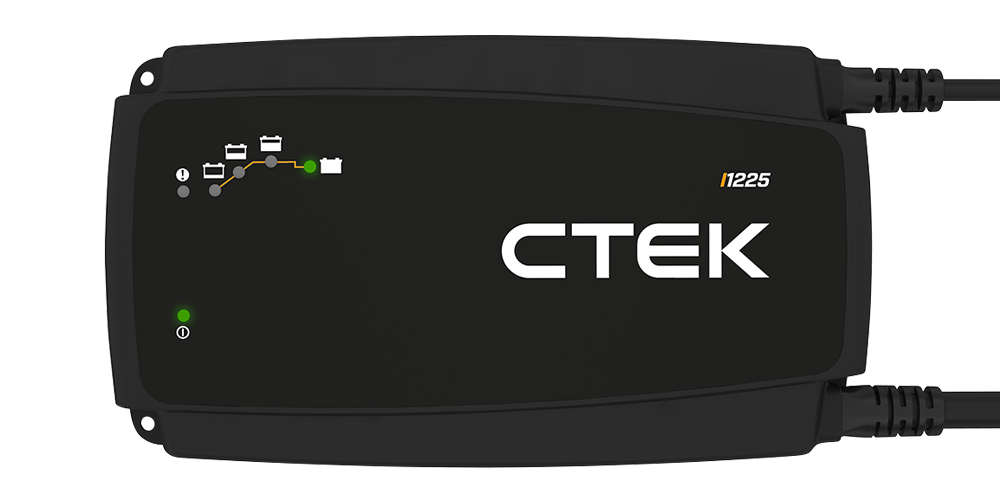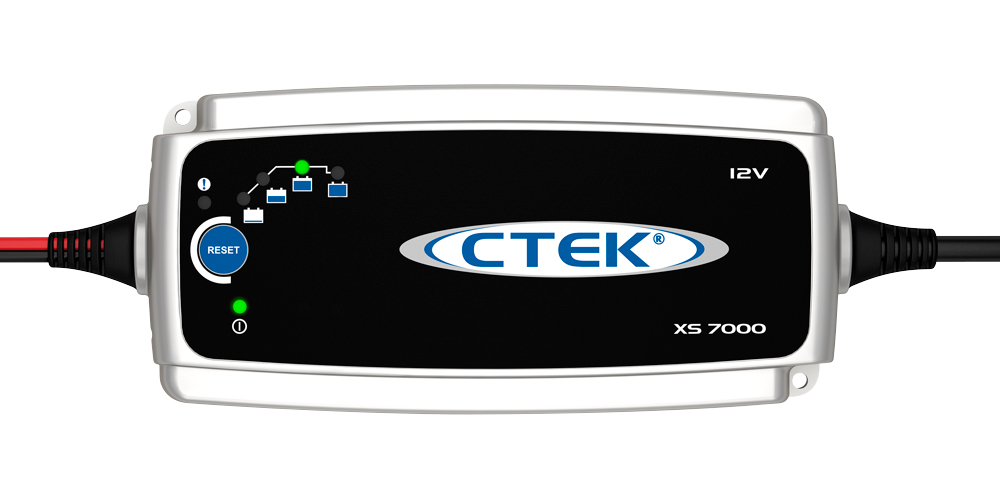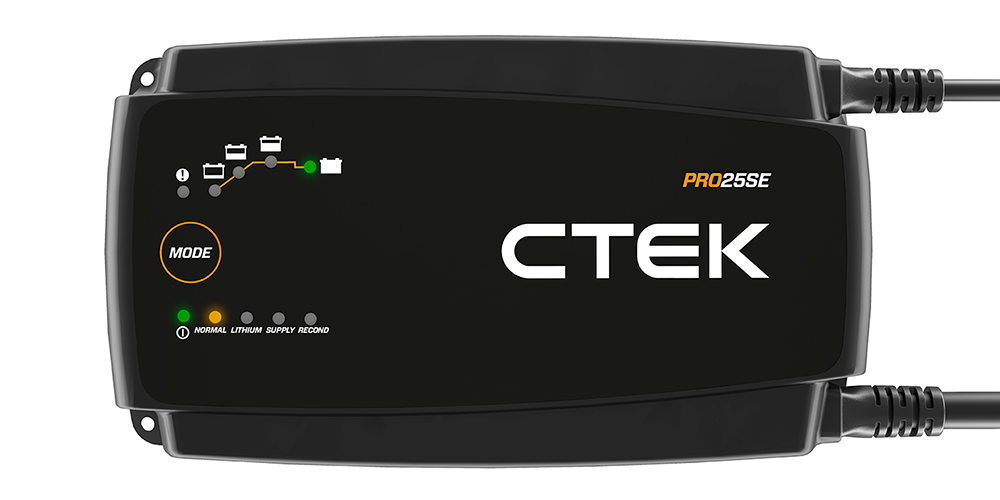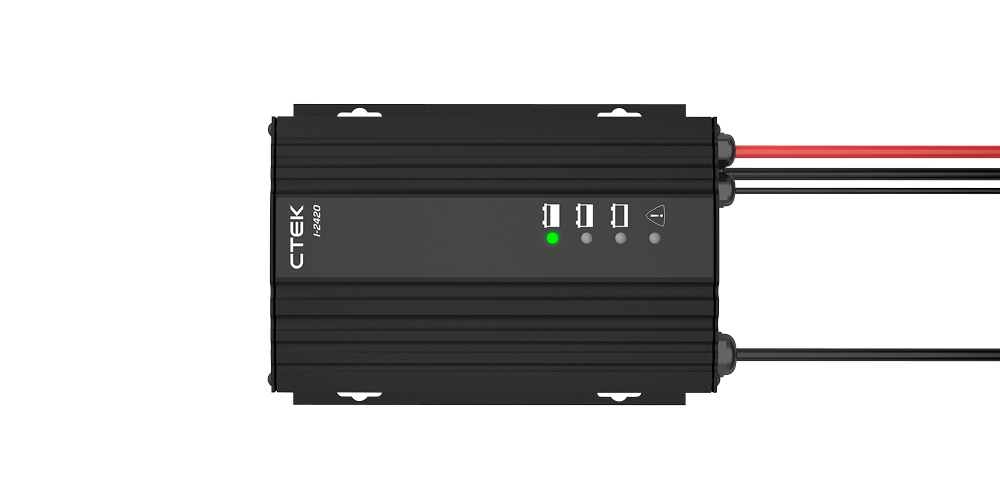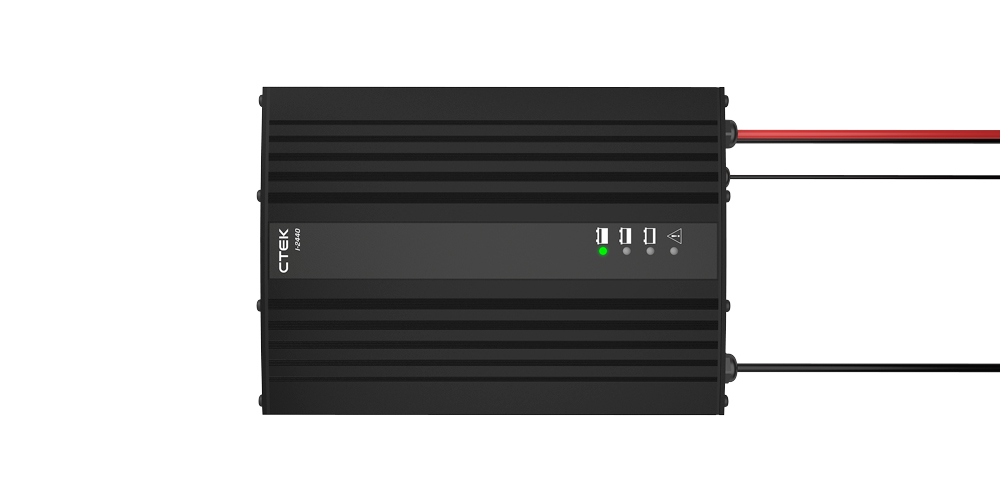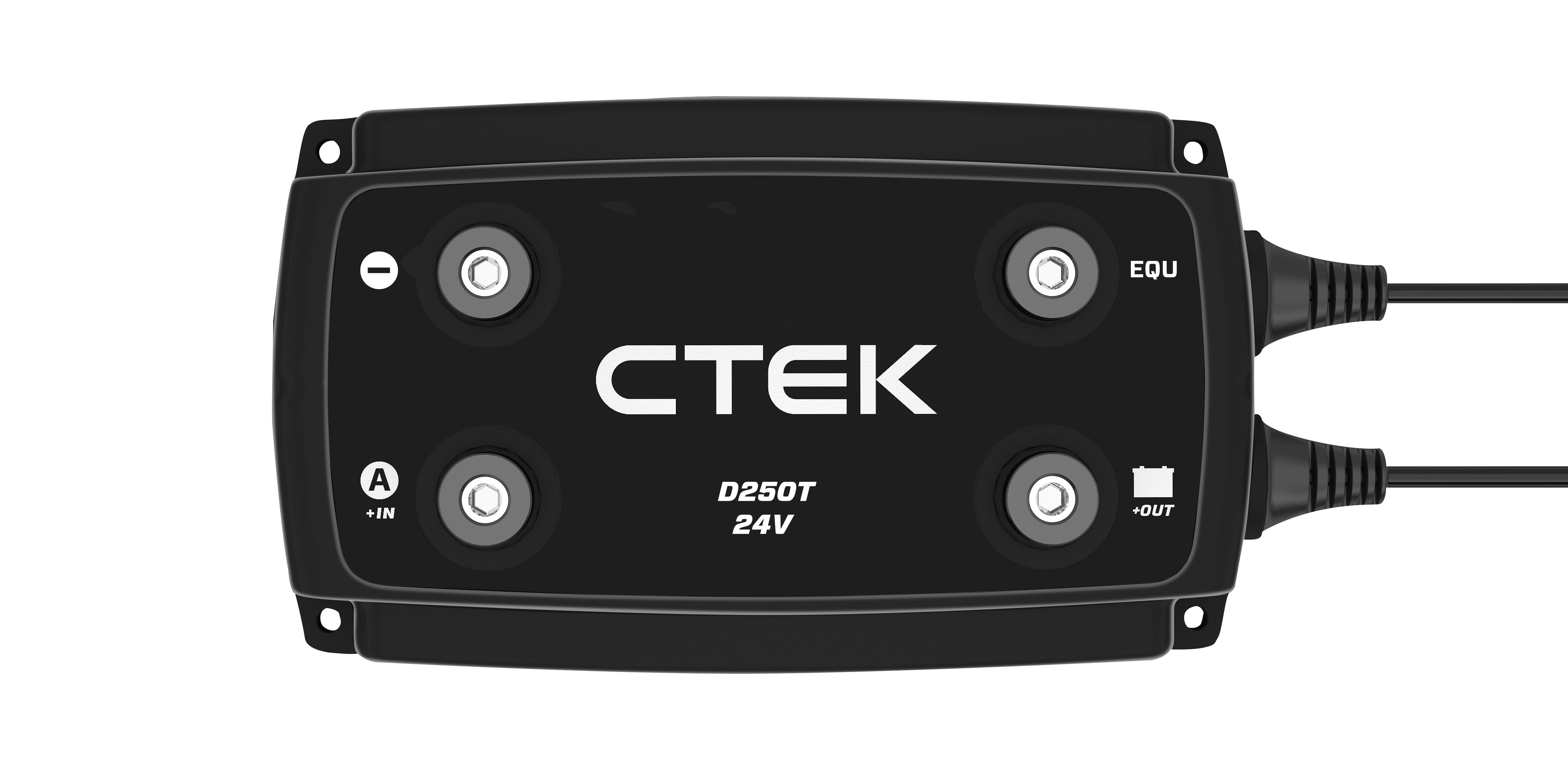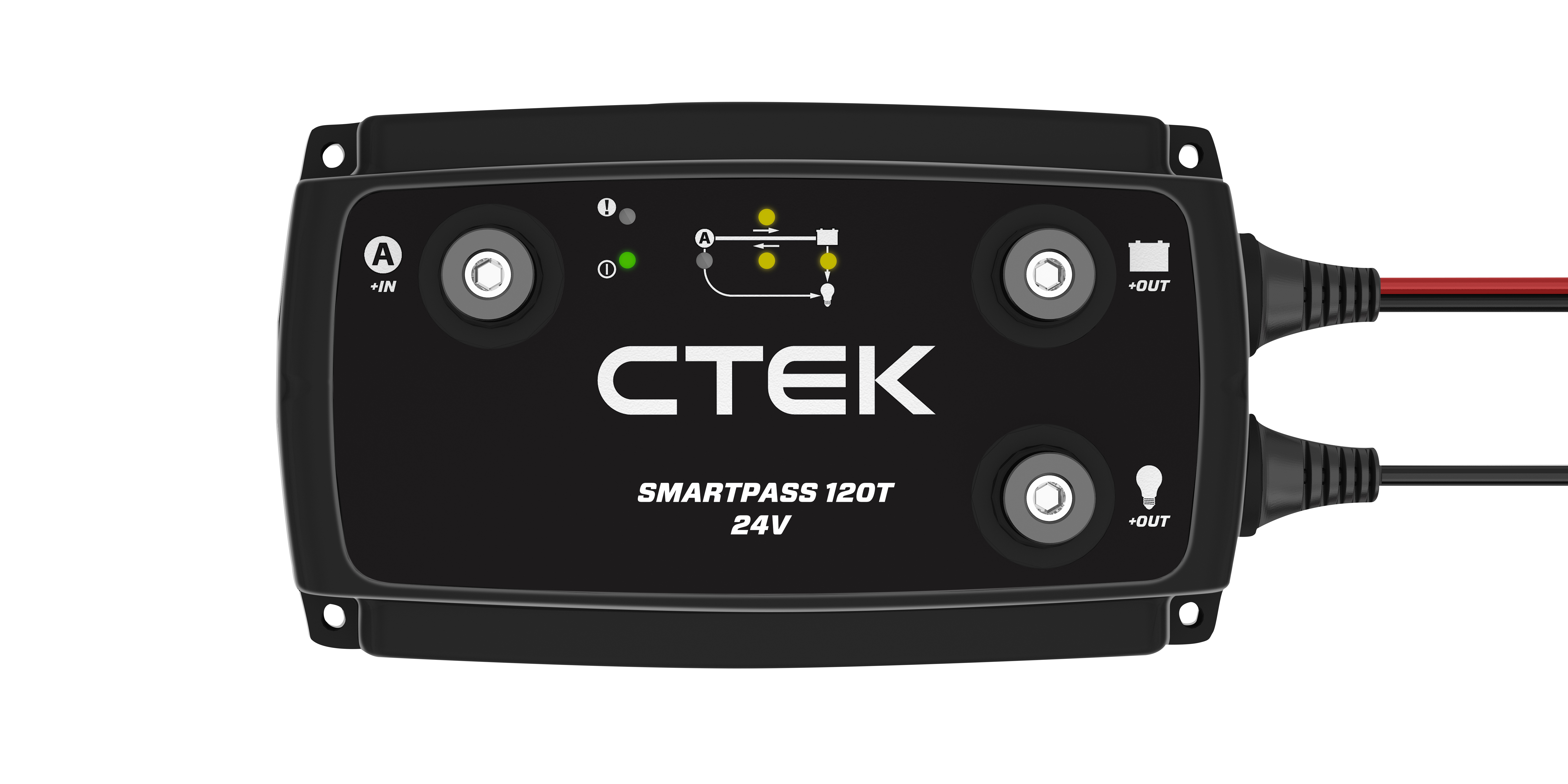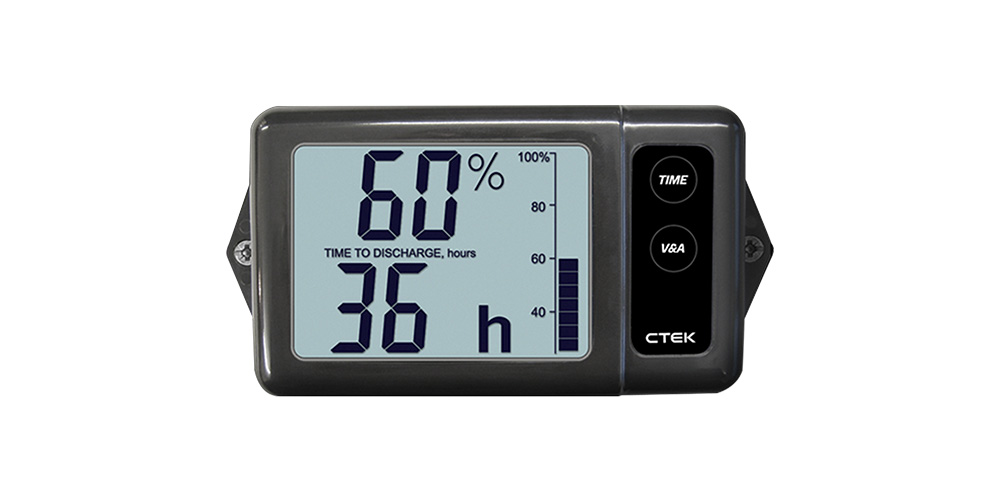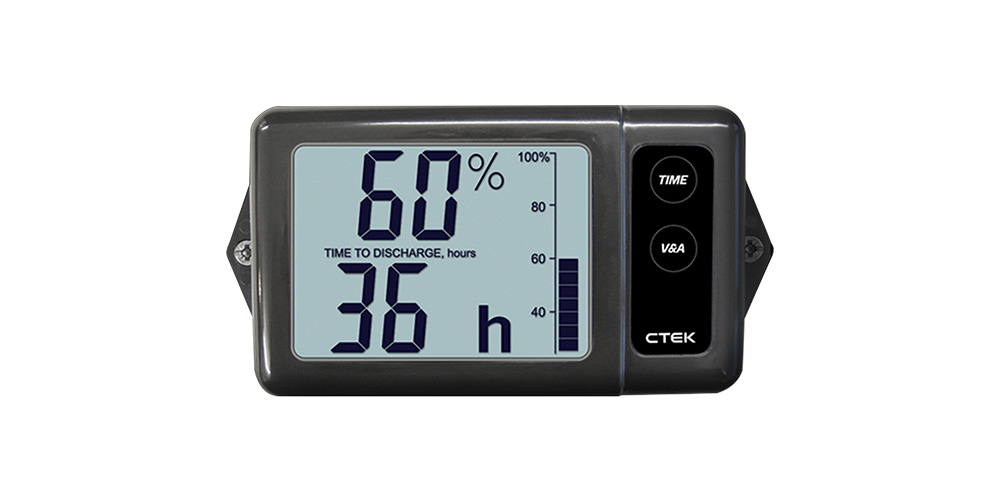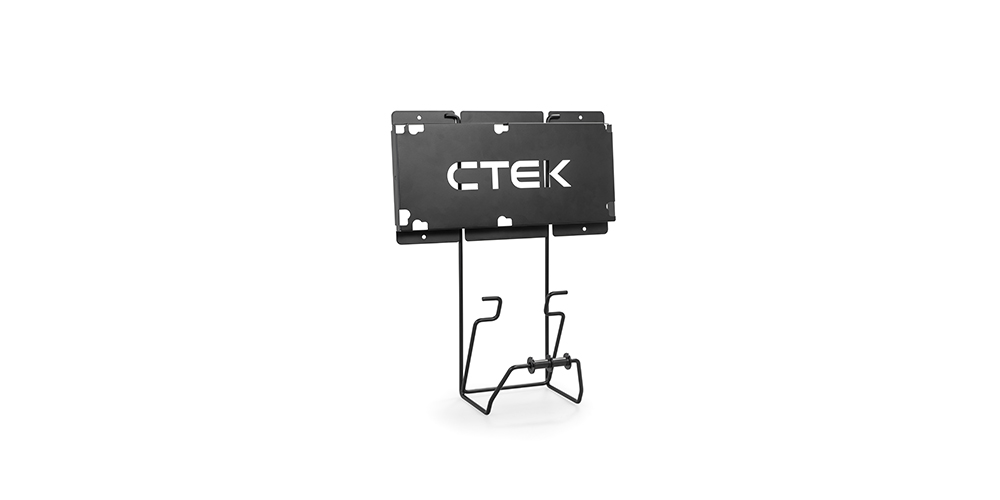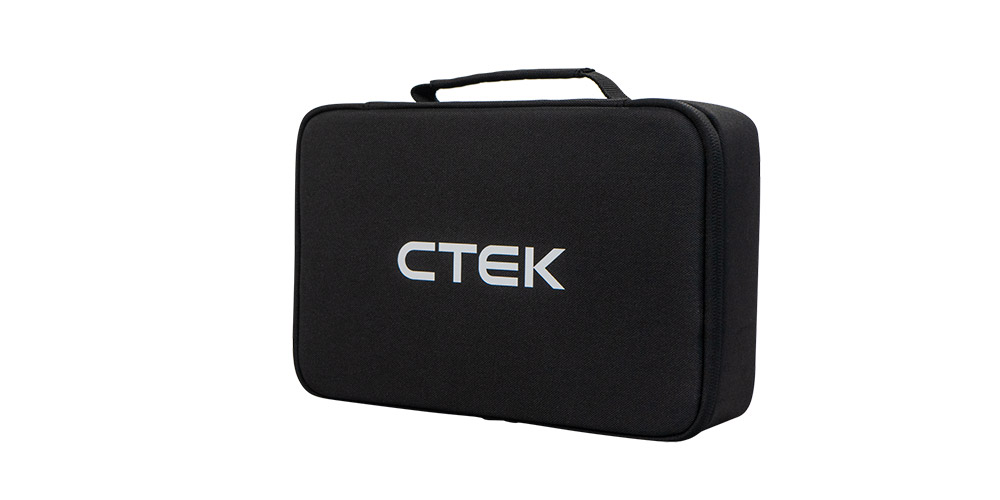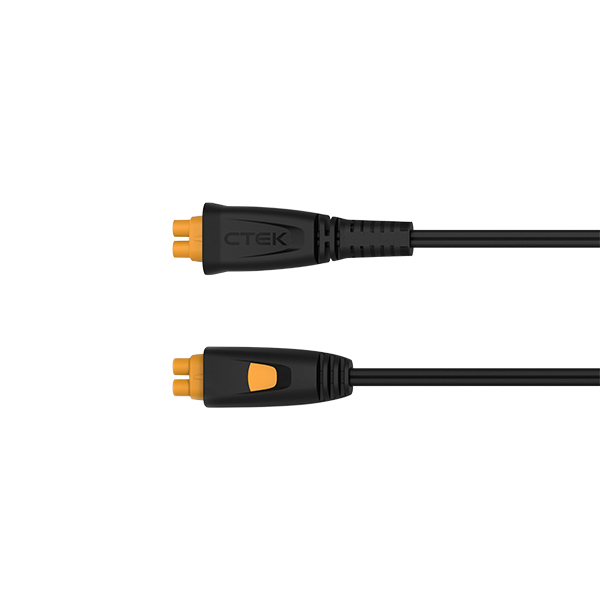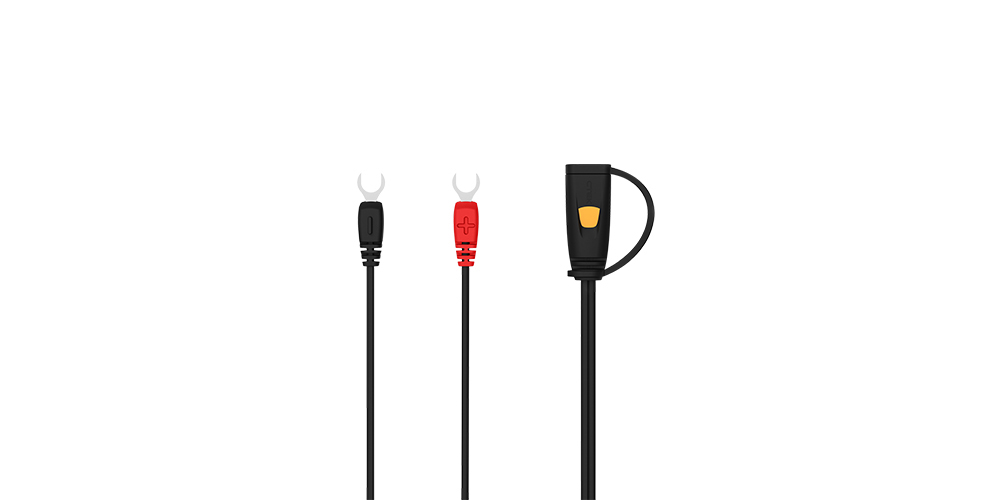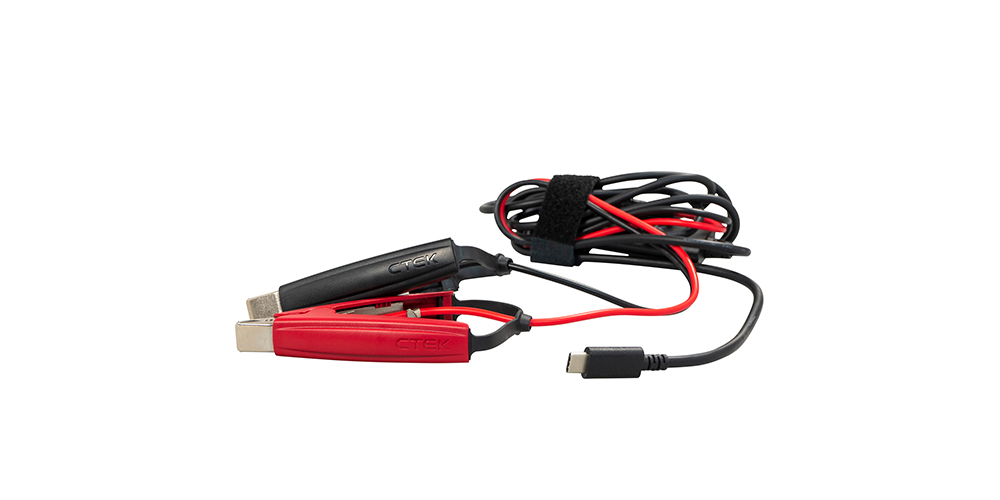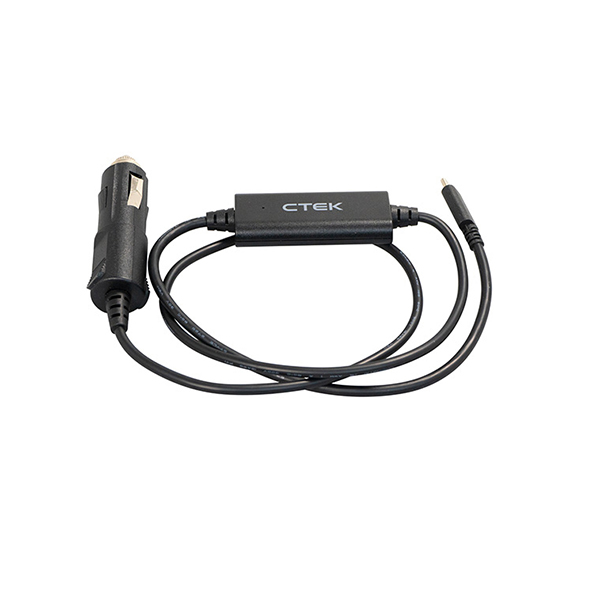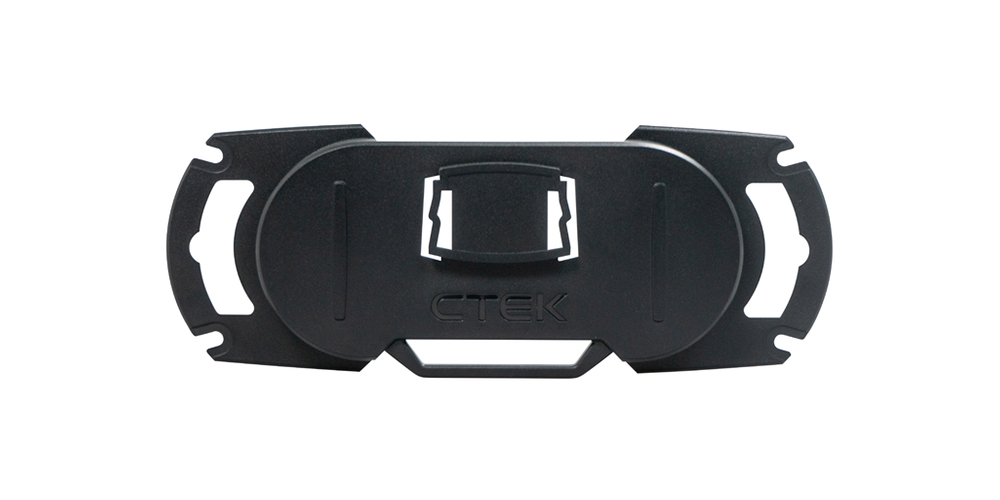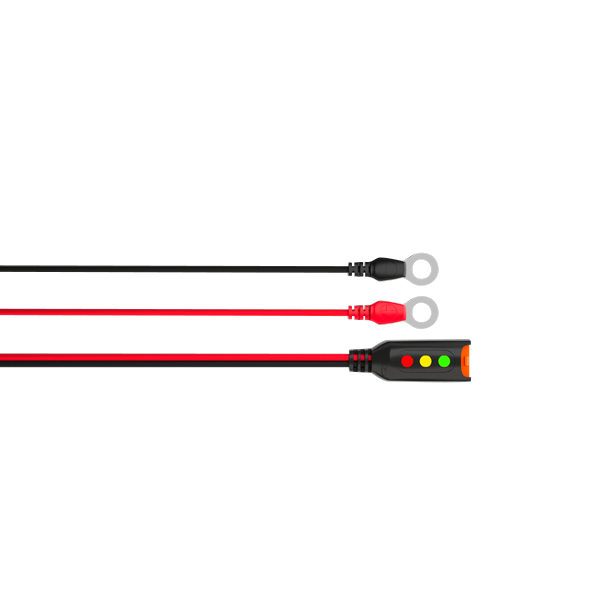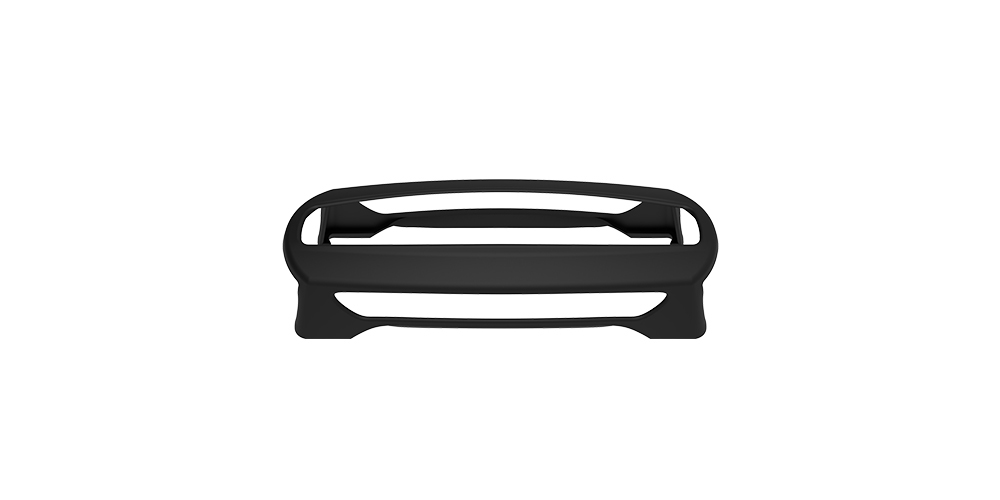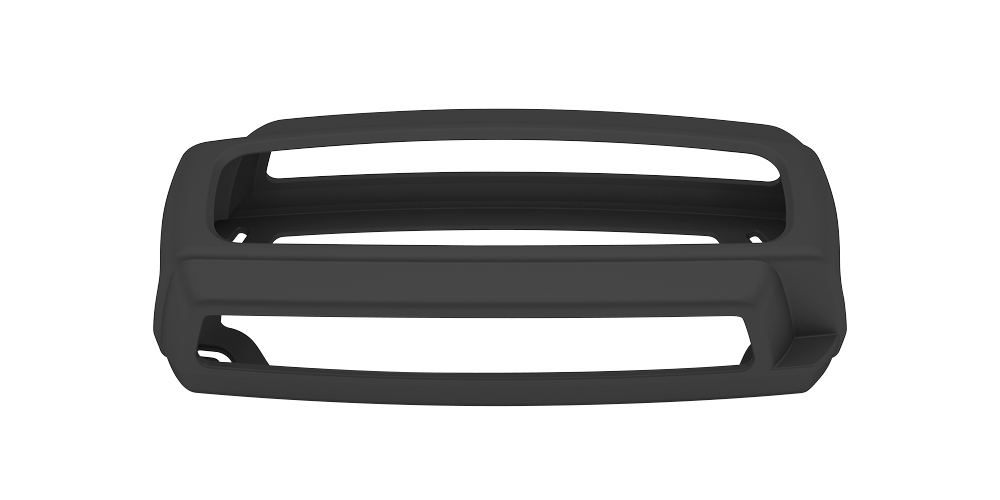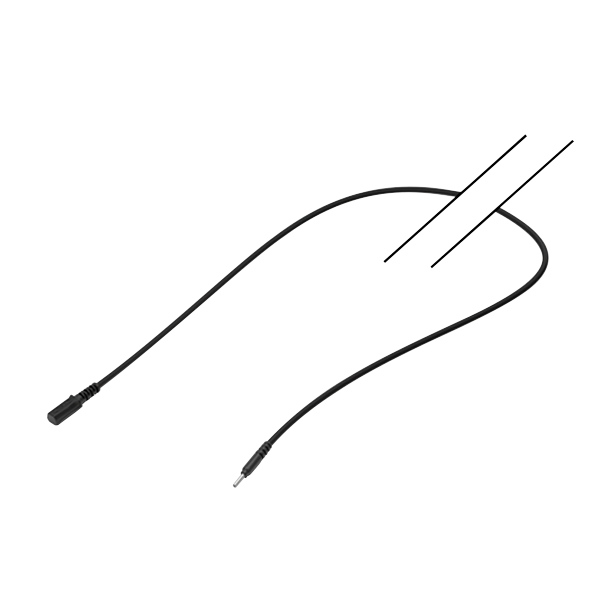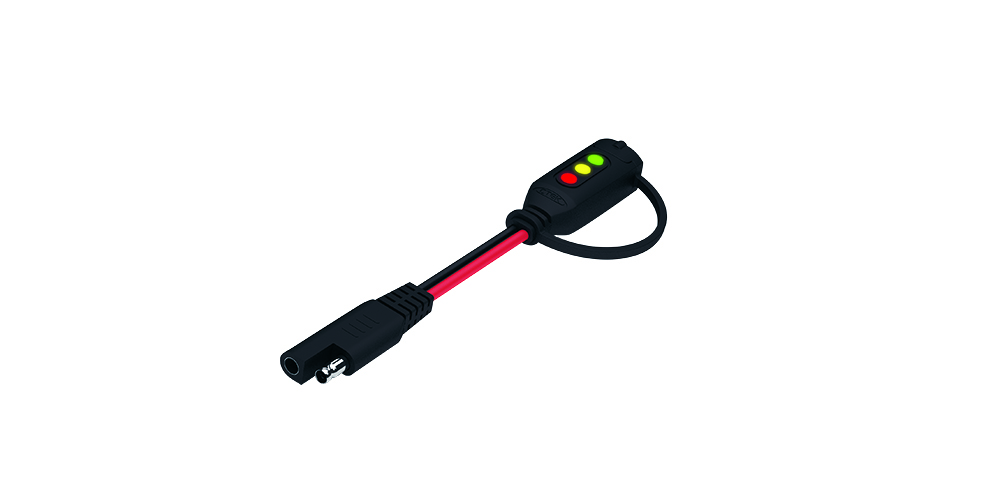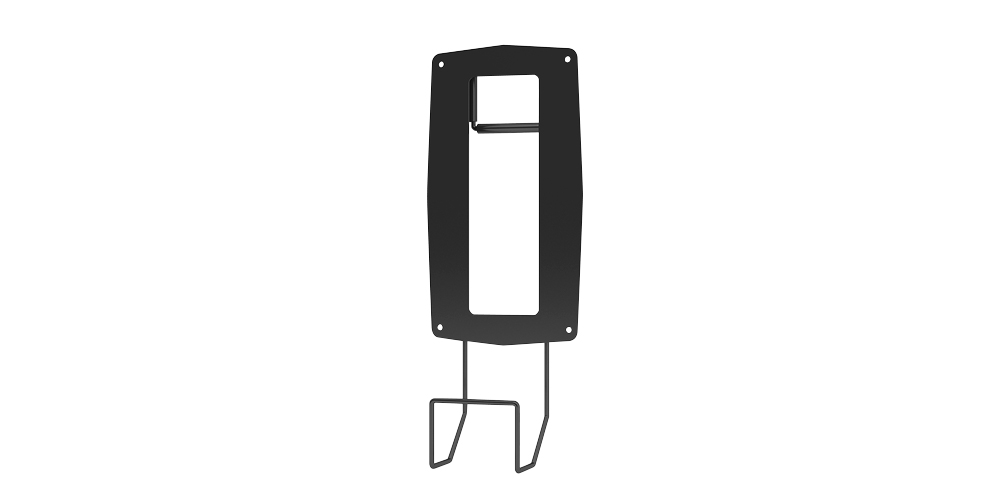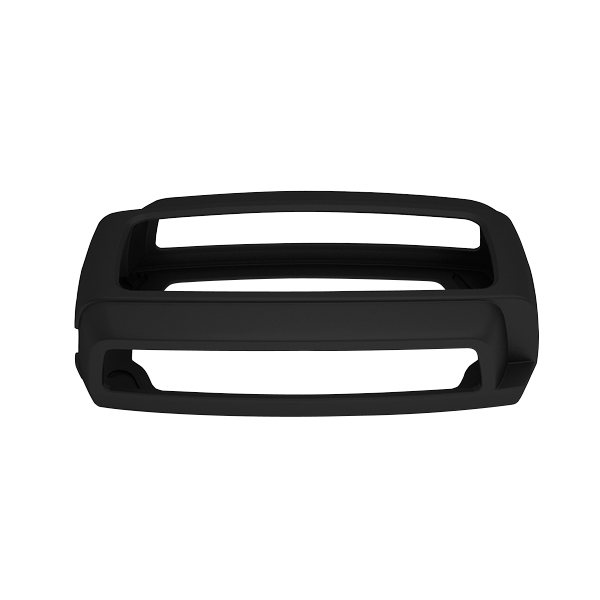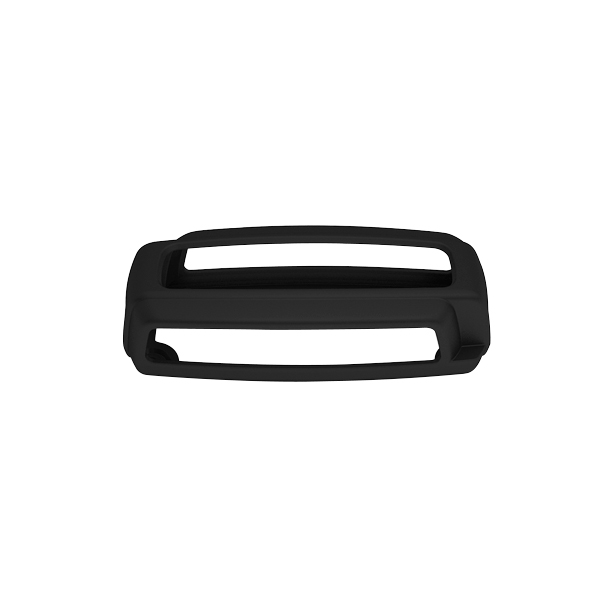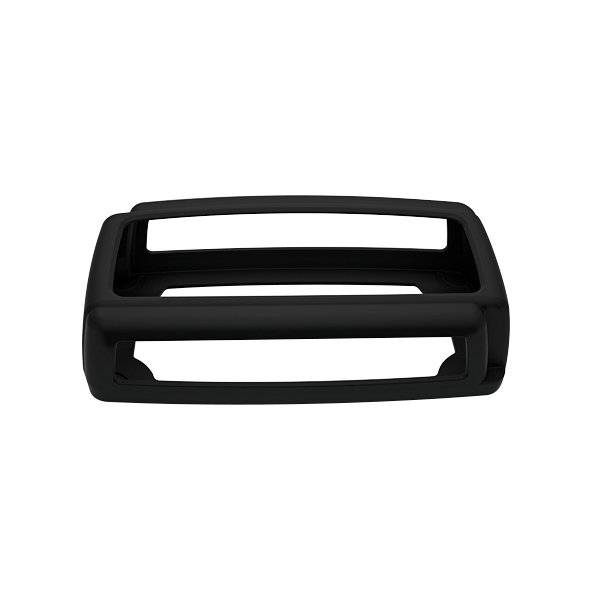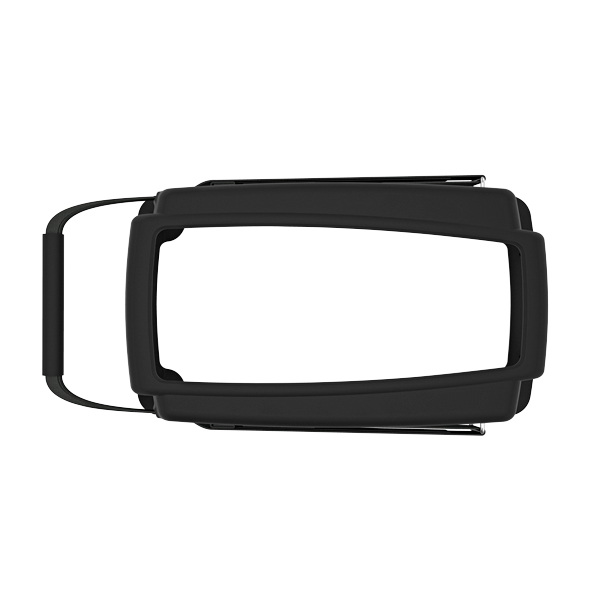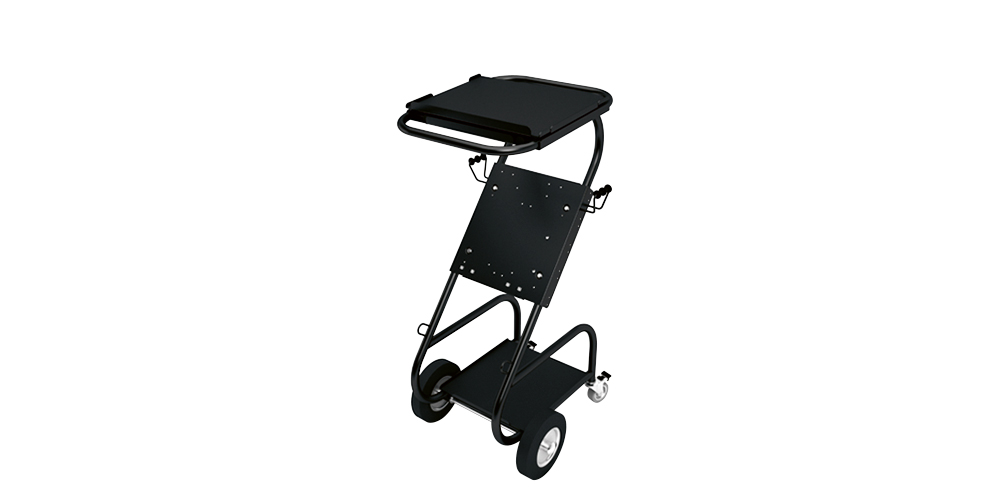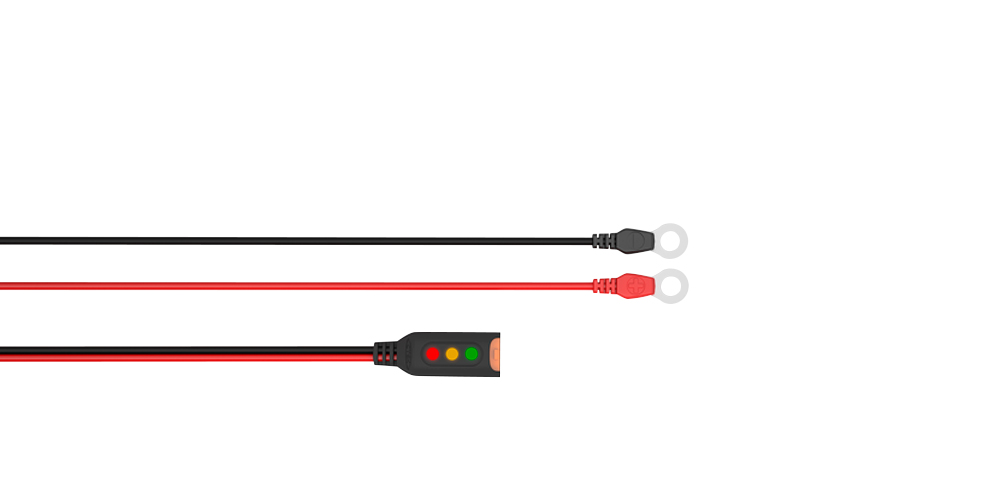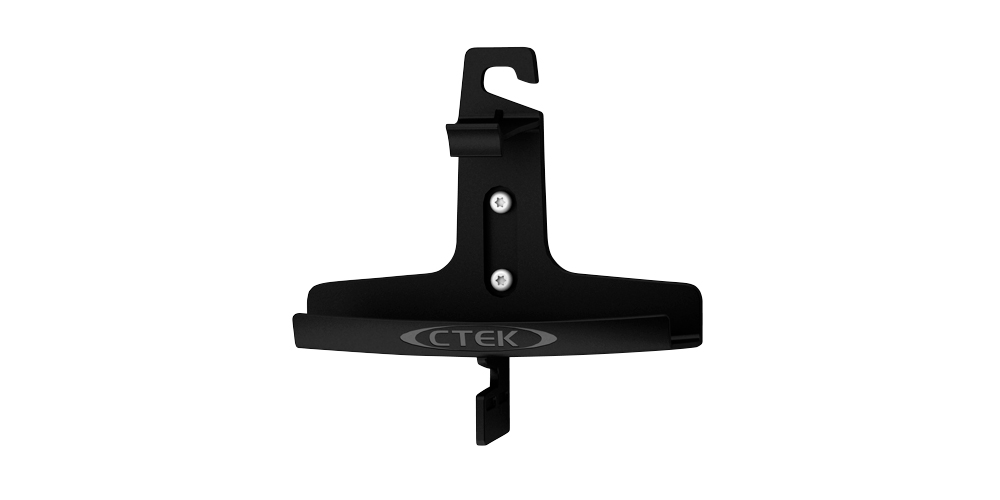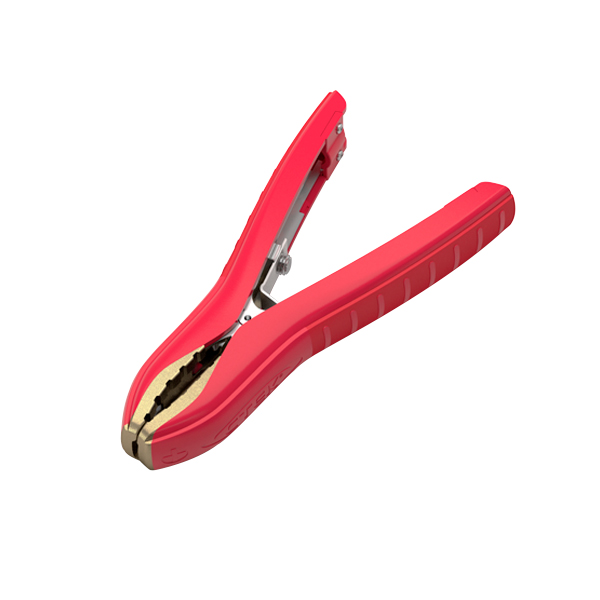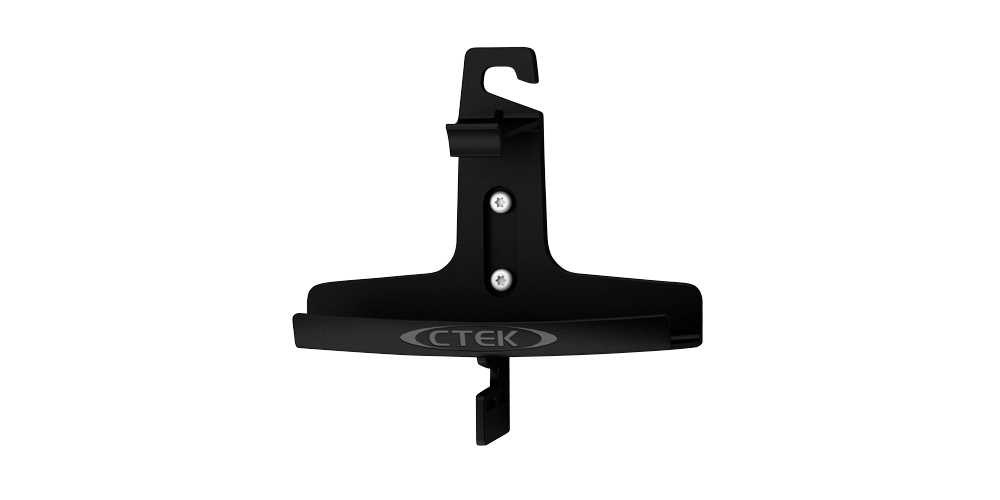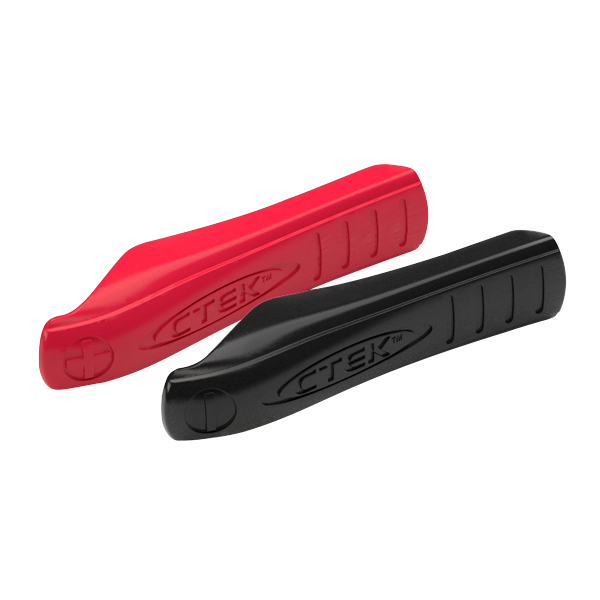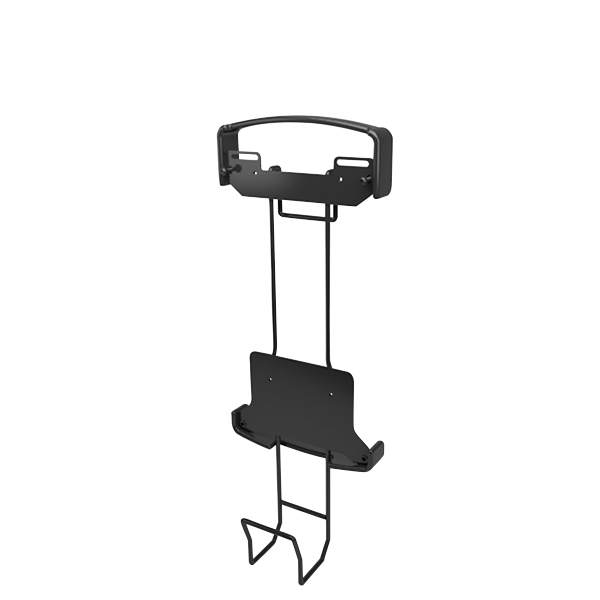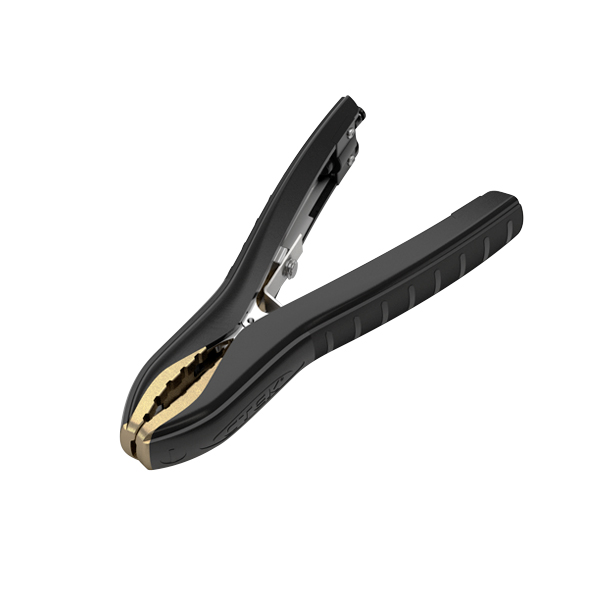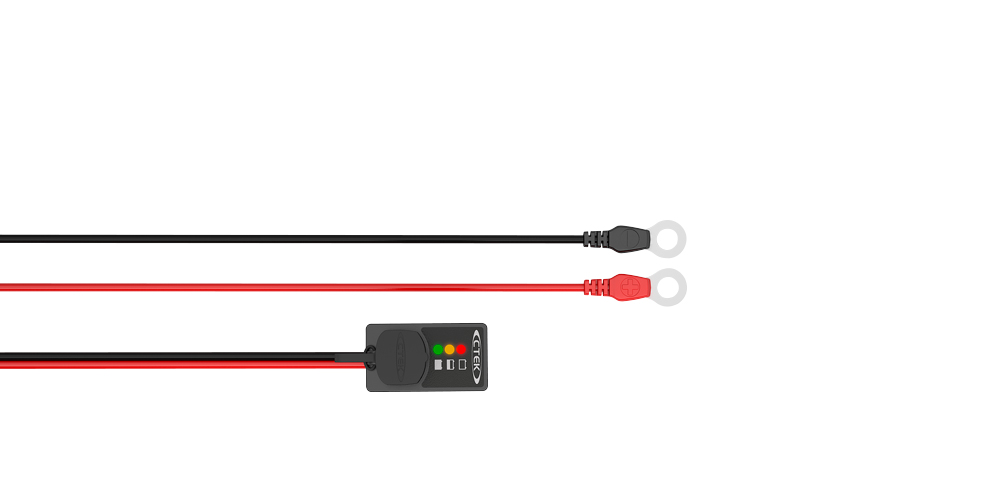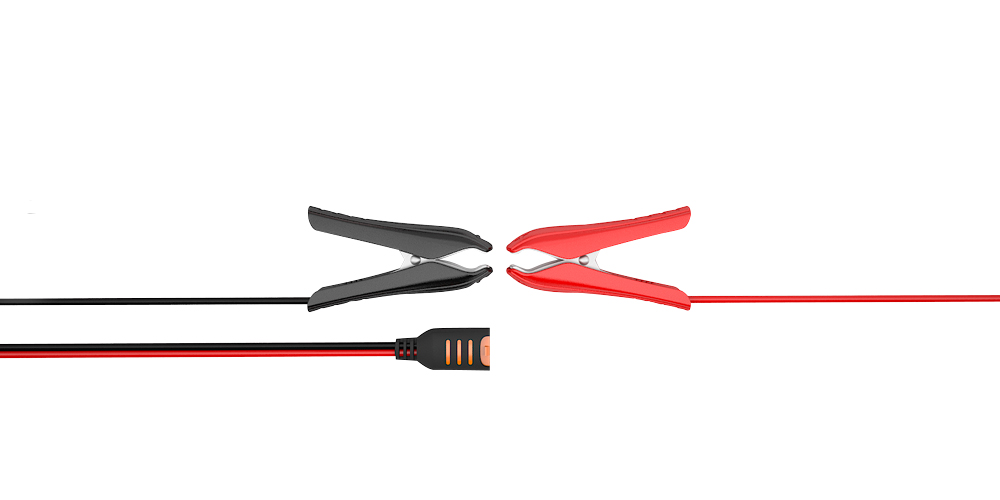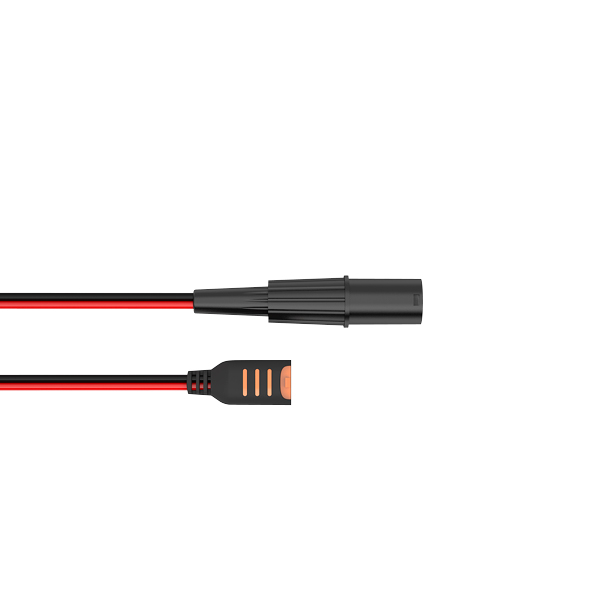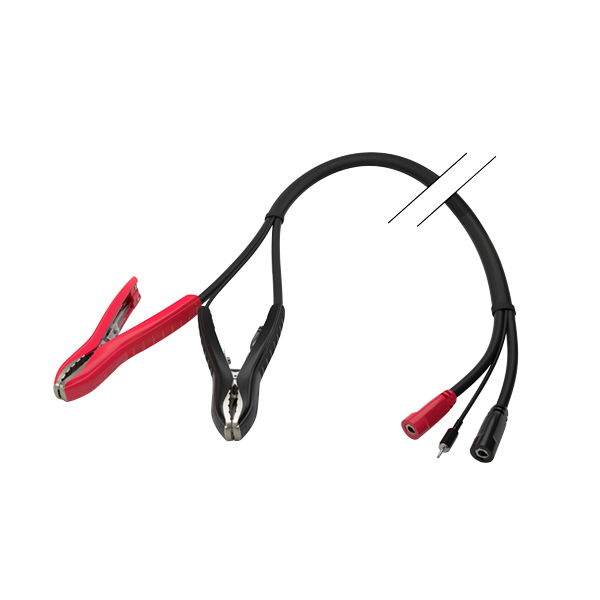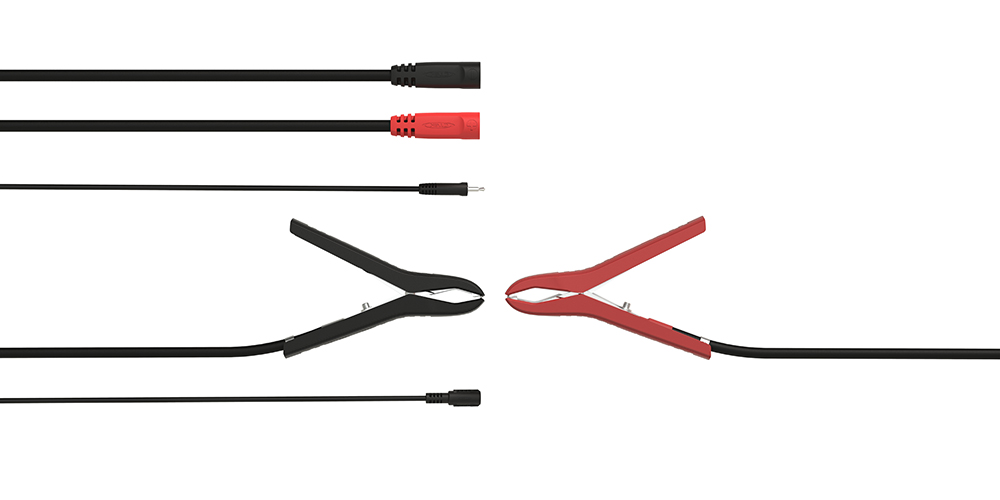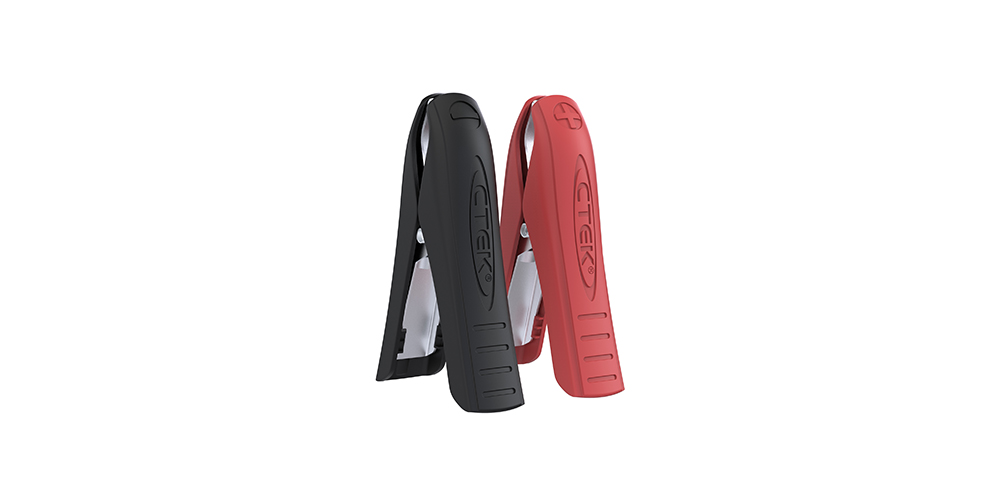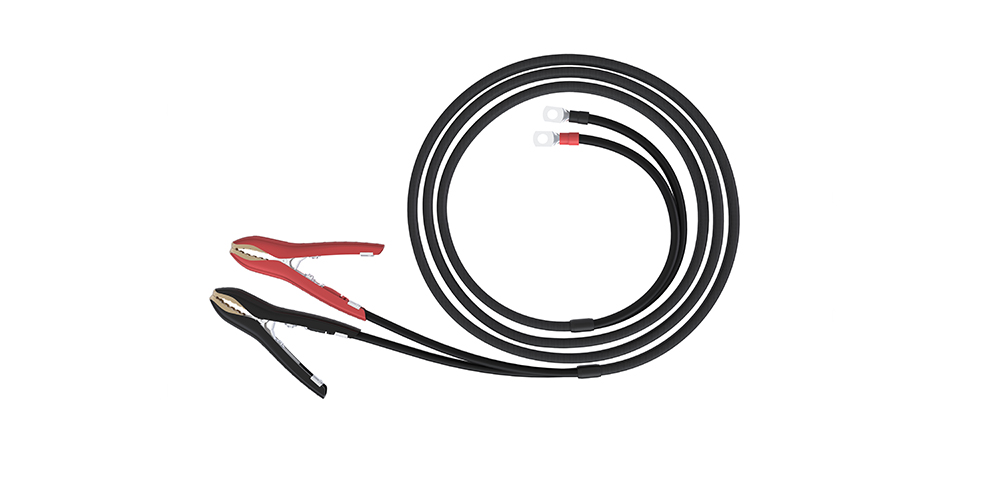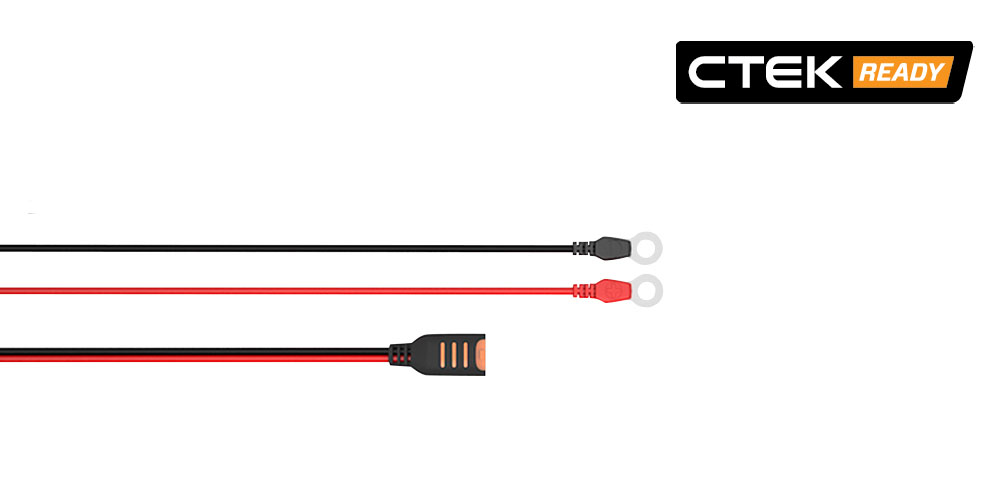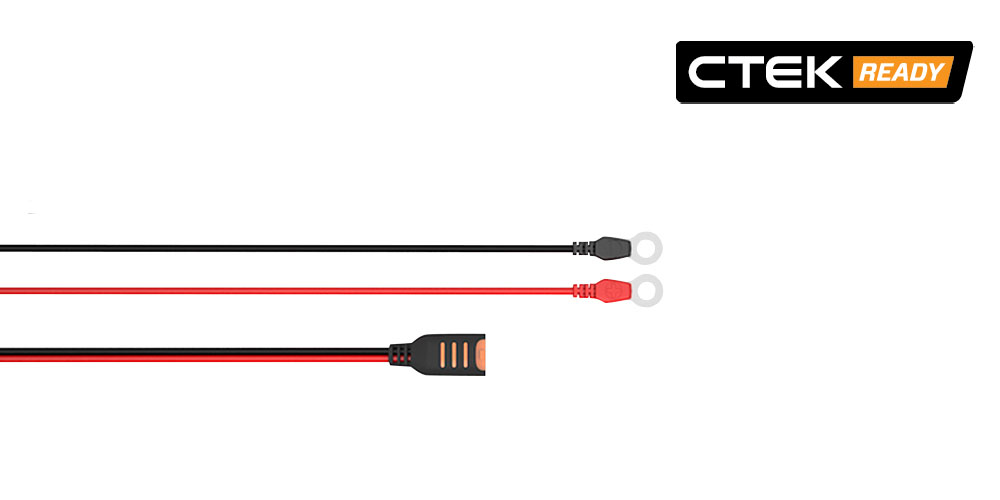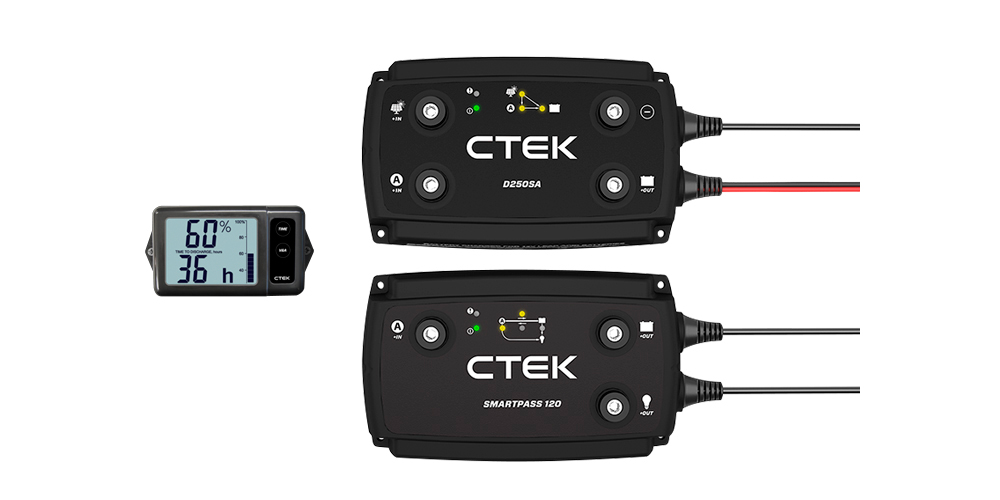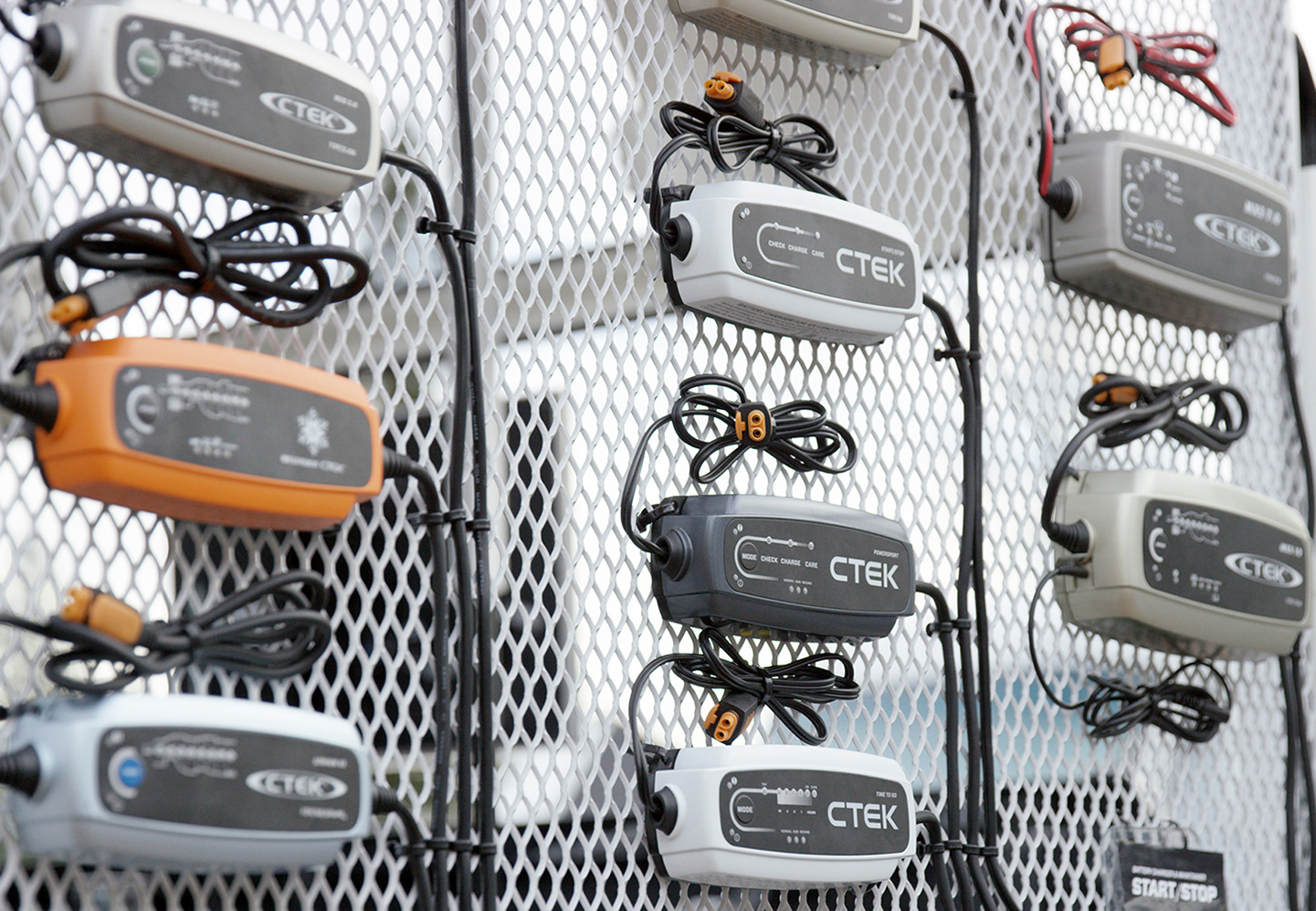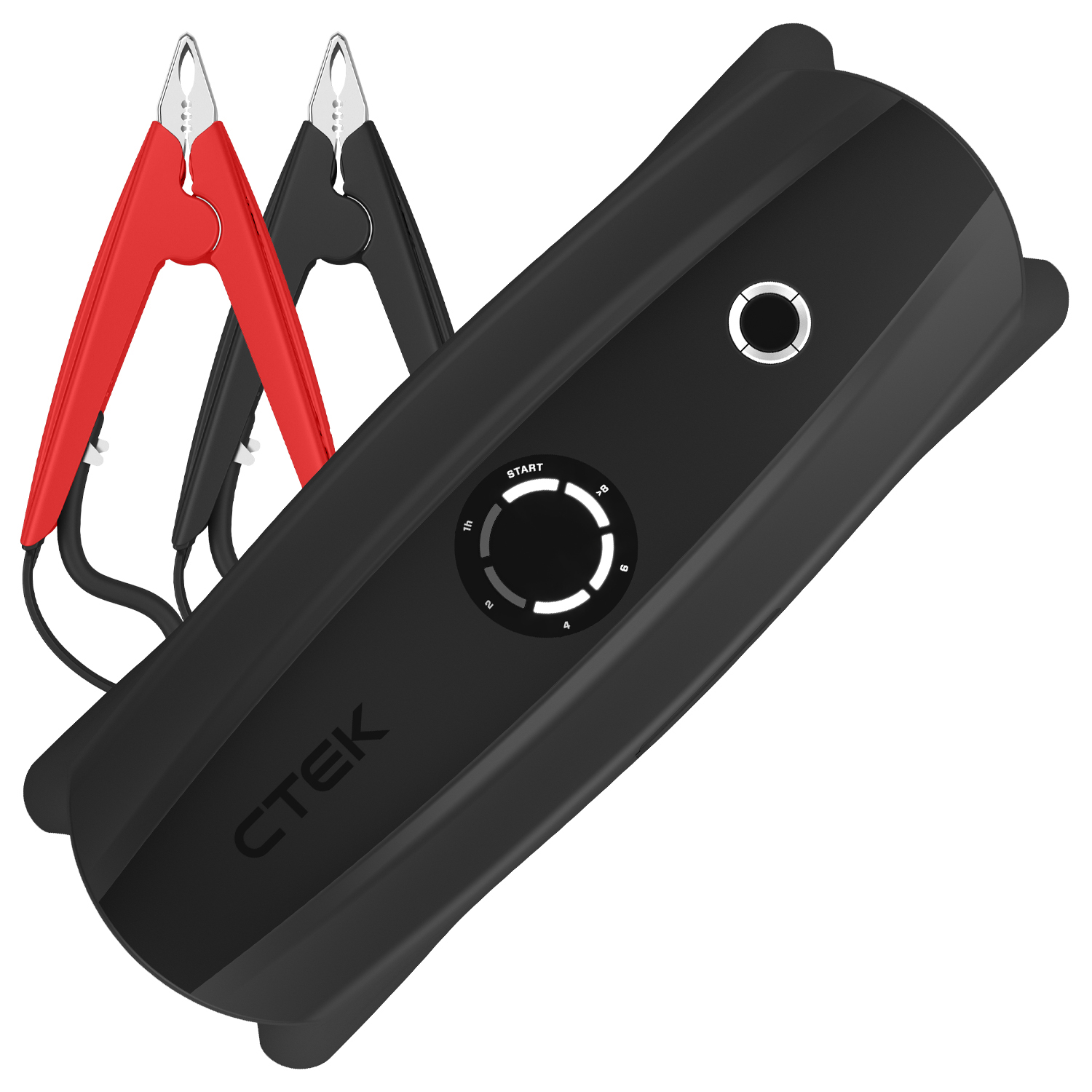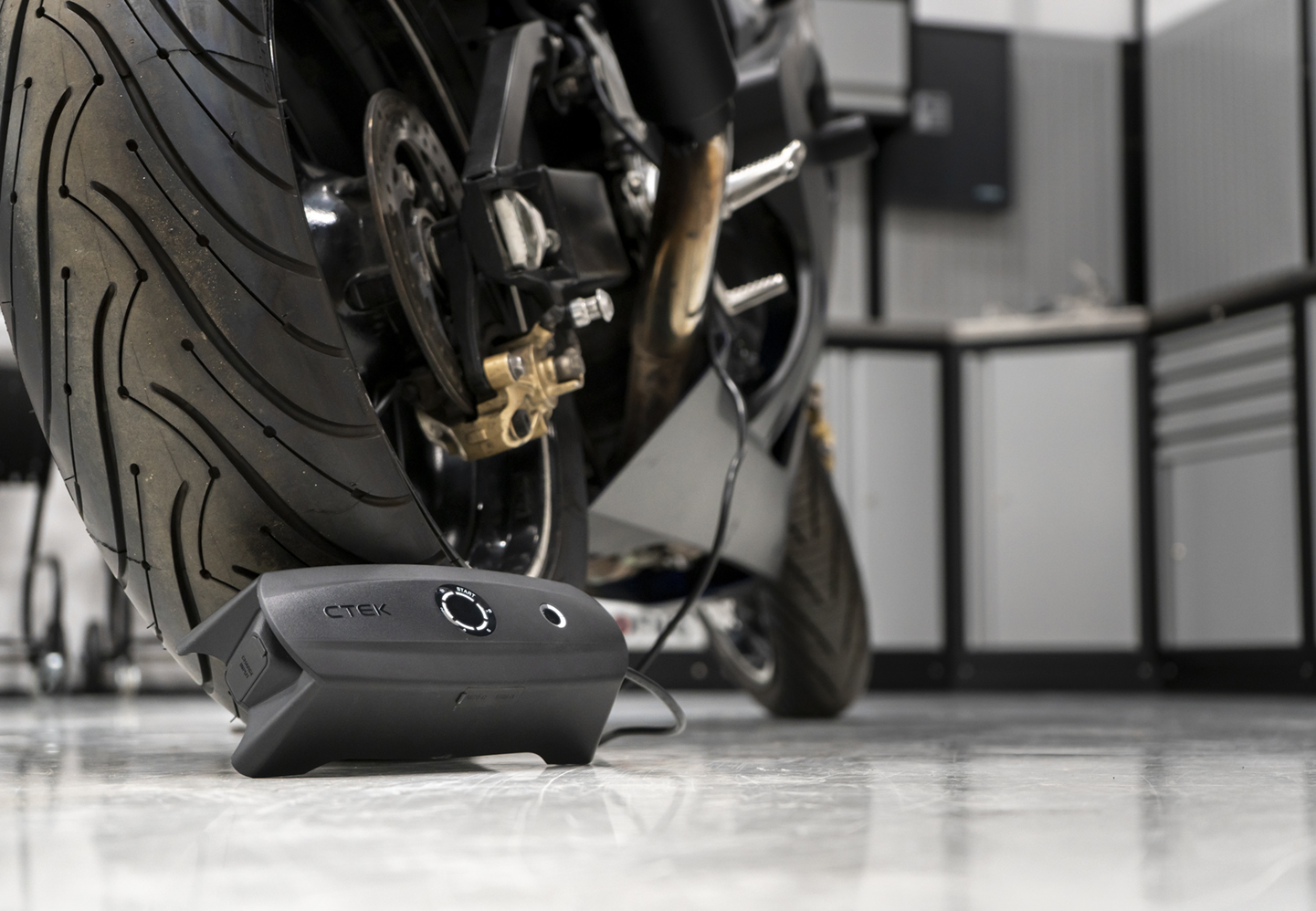A quick note about battery chargers 12V & 24V
Now that you are ready, let us take a look at how battery chargers 12V and 24V work.
As was mentioned before, there are battery chargers 12V and 24V. Most CTEK battery chargers 12V and 24V are AC/DC; they plug into a standard power grid socket. If you don’t have a grid power source near your vehicle, you will need an autonomous battery charger like our CS FREE that allows you to recharge your battery anywhere.
Standard battery chargers 12V and 24V usually produce excessive heat inside the batteries; that’s why they are recommended for professional use only. However, CTEK AC/DC battery chargers 12V and 24V are designed to charge your battery without excessively overheating it, making them safe and easy to use.
Most of our battery chargers 12V and 24V have a gauge that shows the battery’s and charge level status. Our most CTEK advanced battery chargers 12V and 24V include state-of-the-art security and monitoring systems capable of detecting and alerting the user about any battery or charging problem.
Next, we will show you how to use a 12V or 24V battery charger.
How to charge the battery using automotive battery chargers 12V & 24V
Make sure both the vehicle and the battery charger are off. Then plug the battery charger into the battery. First, connect the positive clamp (red) to your battery’s positive terminal. You will find a “plus” sign (+) next to it. Then, connect the negative clamp (black) to any metallic part of your vehicle. Plugging the negative terminal into the negative terminal of your battery could be dangerous in the case of a hydrogen gas leak. CTEK battery chargers 12V and 24V are spark free; still, it is always best to be careful.
Besides, connecting the battery charger to the battery’s negative pole may affect and sometimes damage systems such as the BMS (Battery Management System) and other electronic modules.
Automatic charging
In the past, the next step would have been to set up the desired voltage and amperage. But that’s not necessary anymore since CTEK battery chargers 12V and 24V set these values automatically. Switch on your battery charger. Some models require to be plugged into the power grid first. If that’s the case, it’s time to do it. Battery chargers 12V and 24V usually don’t detect when the battery has been fully charged, so you should check the charger’s gauge to know when the charge is complete and turn the battery charger off. With a CTEK battery charger, the process is much easier; the battery charger will automatically stop working as soon as the battery is fully charged, preventing it from overheating. With CTEK battery chargers 12V and 24V, time is not a problem; they can remain plugged for months and months, keeping the battery fully charged without any risks as long as it is in good working conditions.
Final steps
Once the charge is complete, turn off the battery charger and unplug it from the power outlet. When using other brands' battery chargers 12V and 24V, you may have to pay attention while disconnecting the clamps because they have to be disconnected in the reverse manner to that in which they were connected. But with CTEK, you can unplug the clamps in any order you want. If there were no issues with your battery or your vehicle’s electrical system, you would be able to start your engine without a hassle.
In some cases, your battery won’t hold a charge; unfortunately, there’s nothing a 12V or 24V battery charger can do about it. You will probably need to have your vehicle towed to the nearest garage or call a professional mechanic to assess the problem. It could be time to replace your battery. The good news is that if your battery loses its charge because of acid stratification, our CTEK battery chargers 12V and 24V can fix the problem (only available for lead-acid wet batteries). Using the “RECOND” mode once or twice will improve the battery’s charging capacity and prevent acid stratification extending your battery’s life span.
We invite you to surf our website to learn about the great high-quality battery charging options we have for you and your vehicle.

